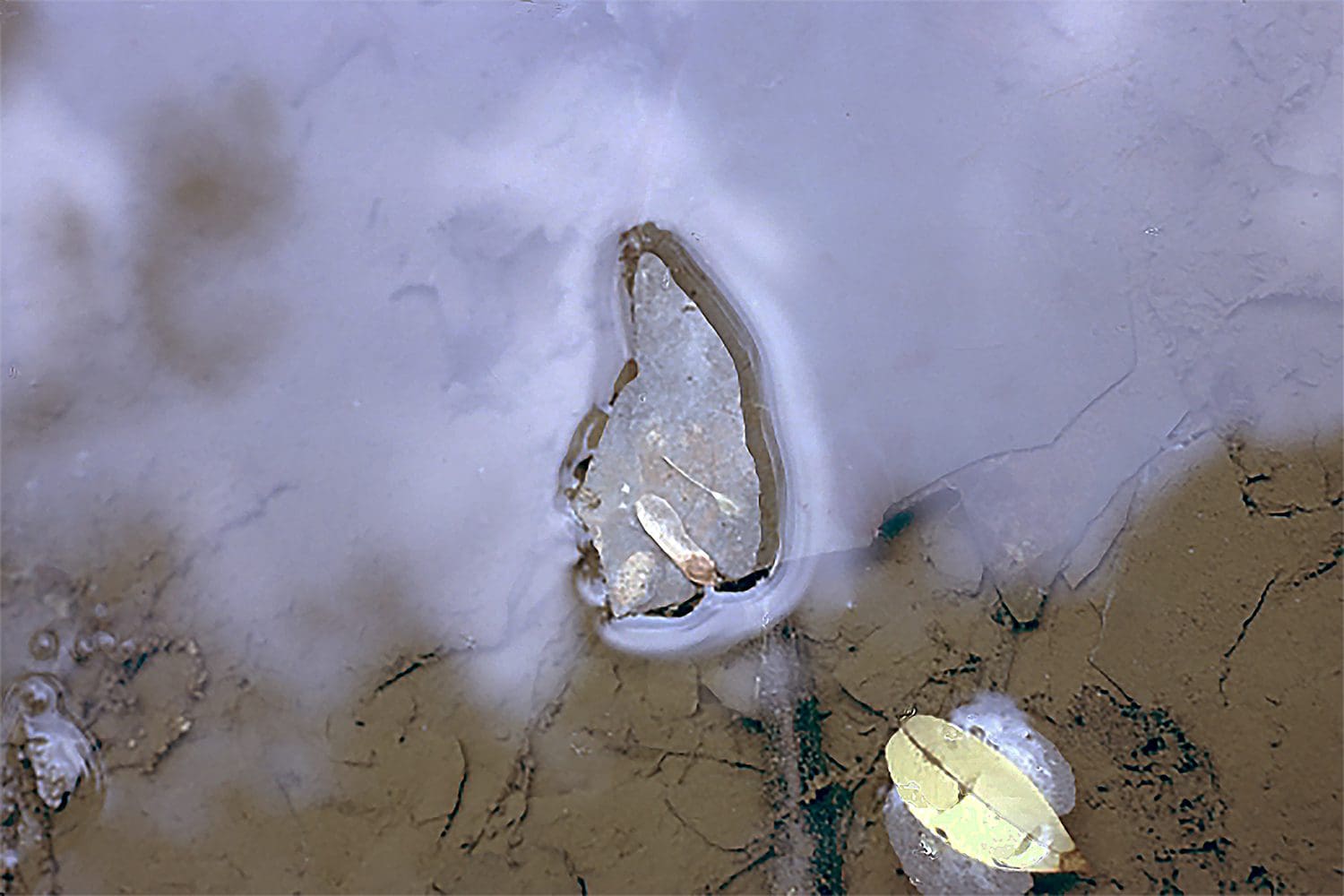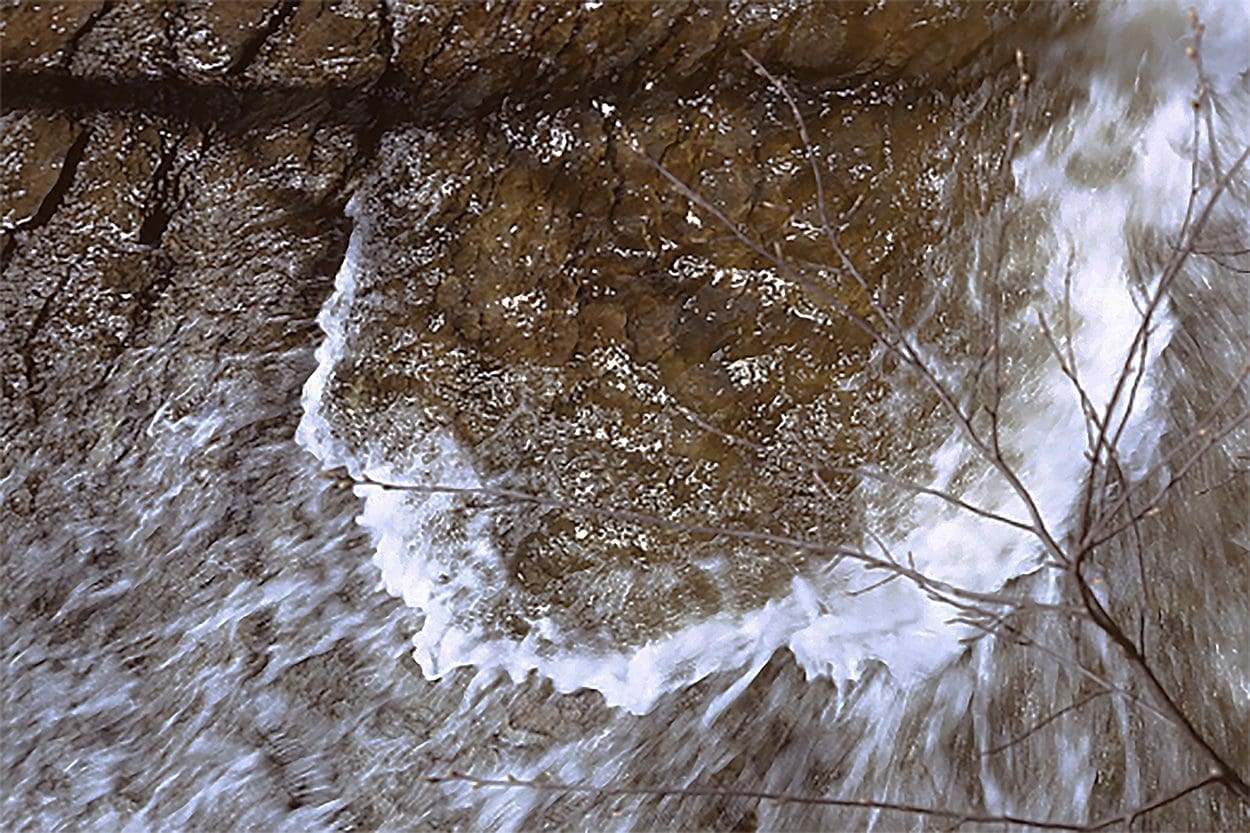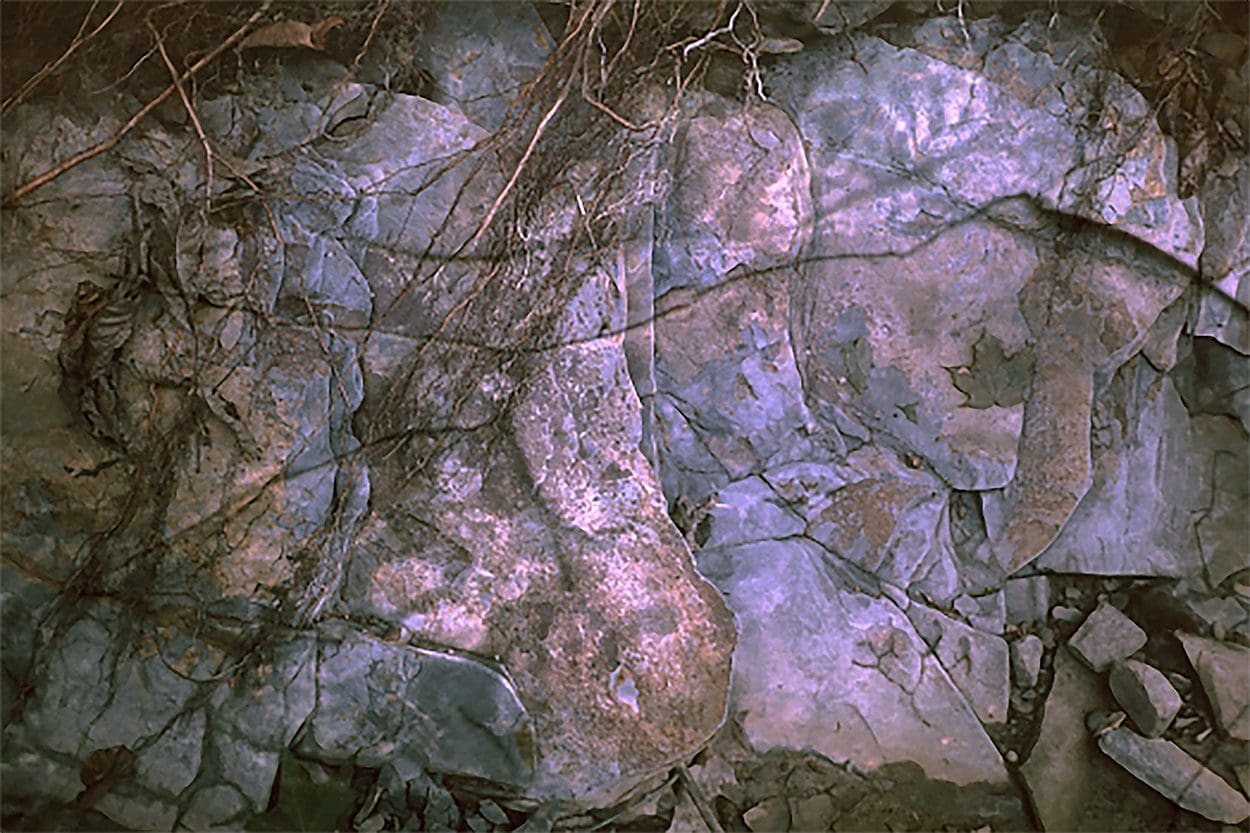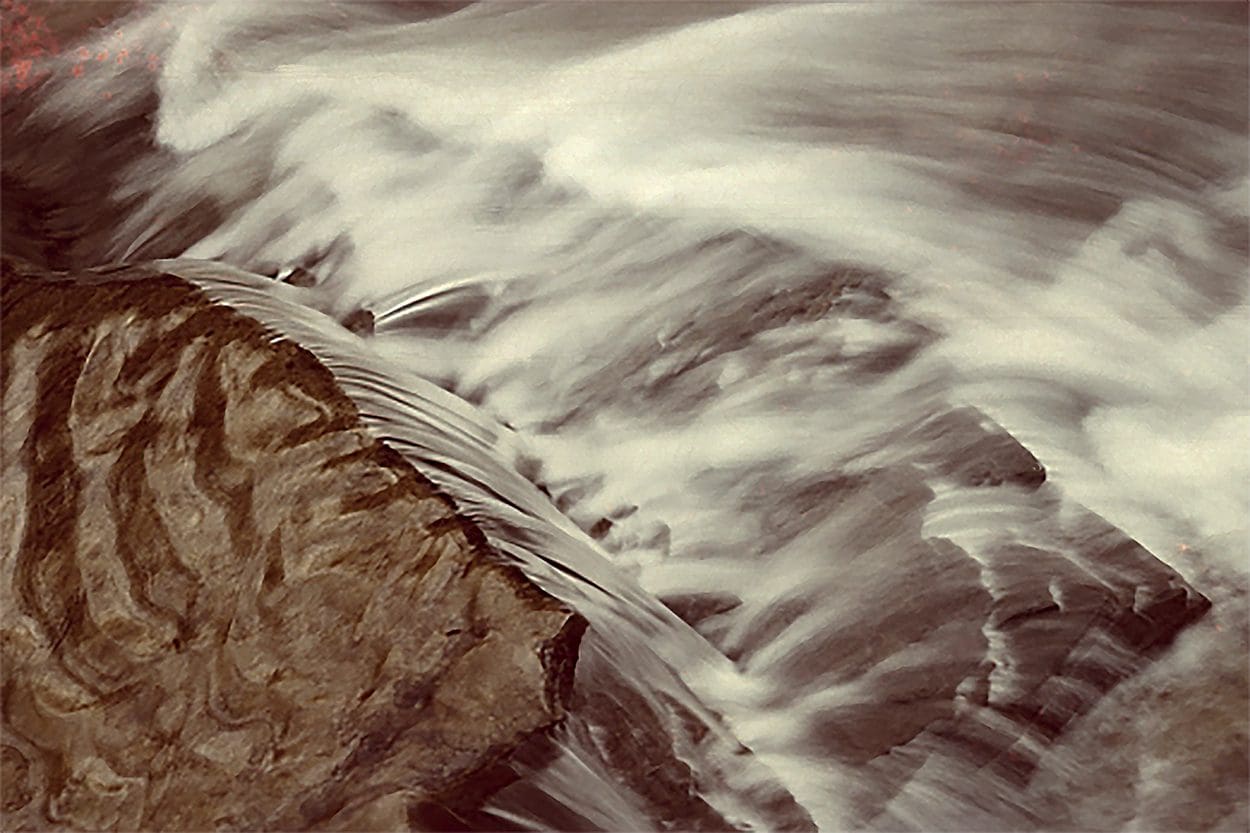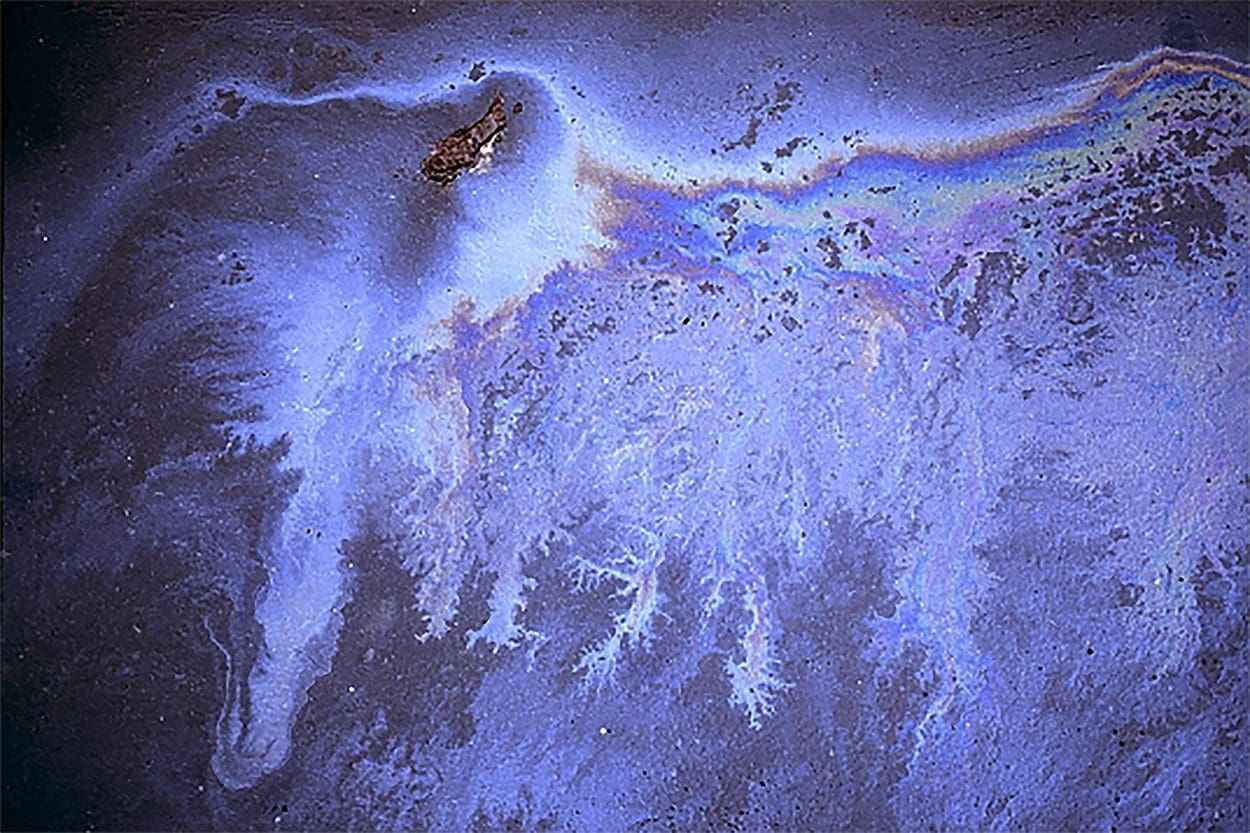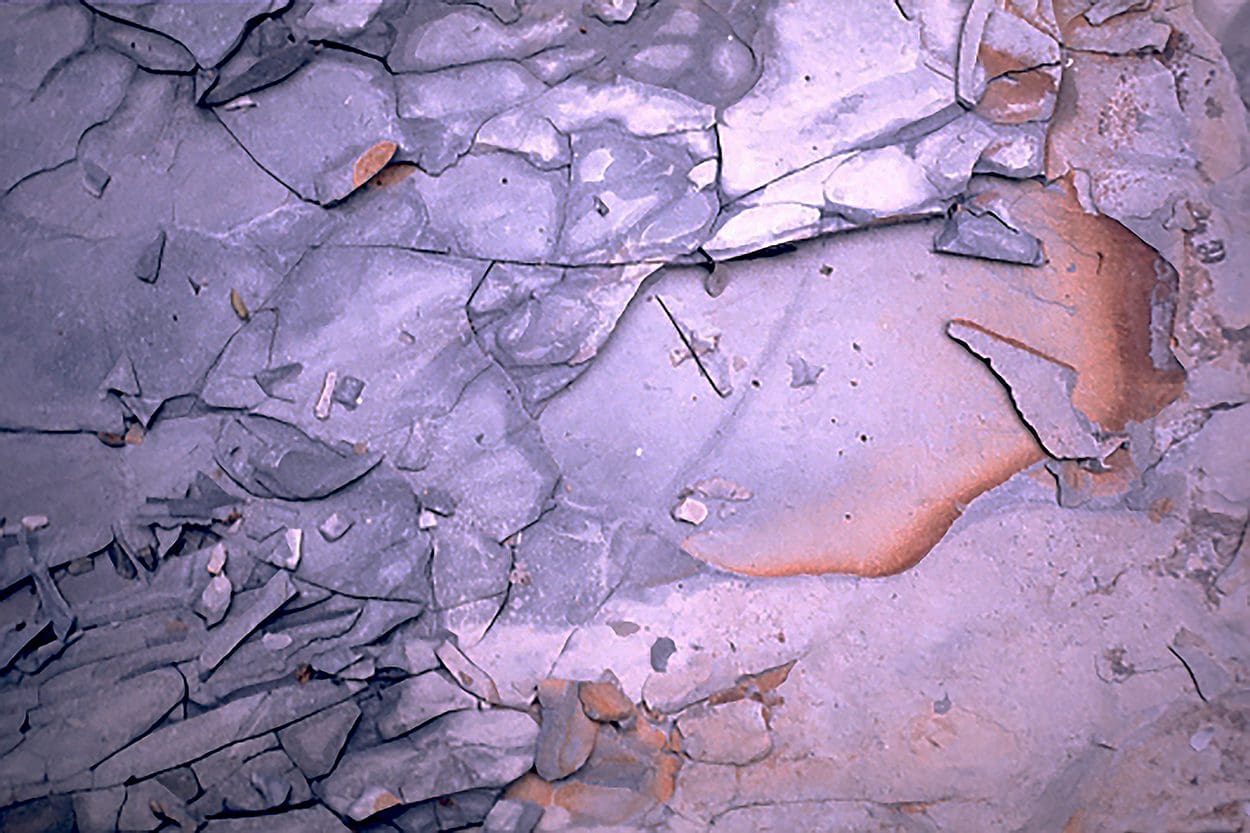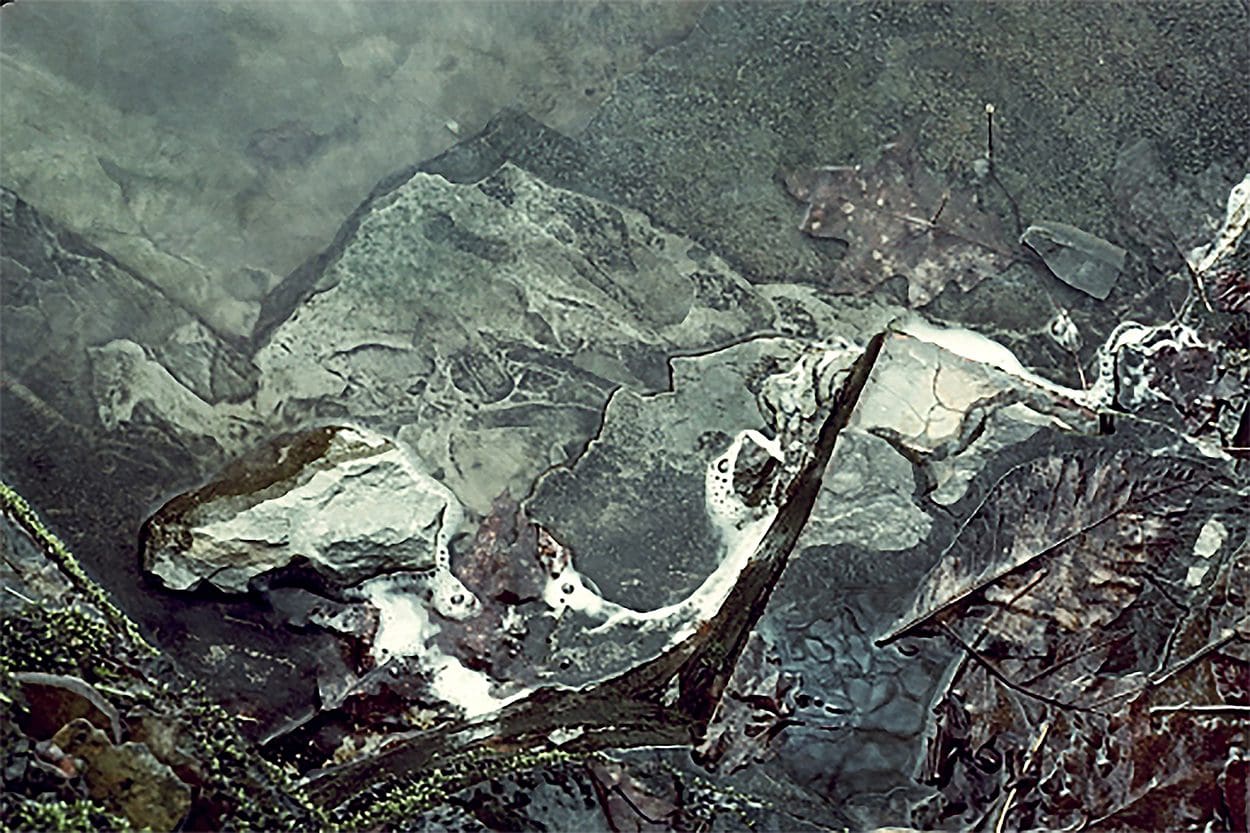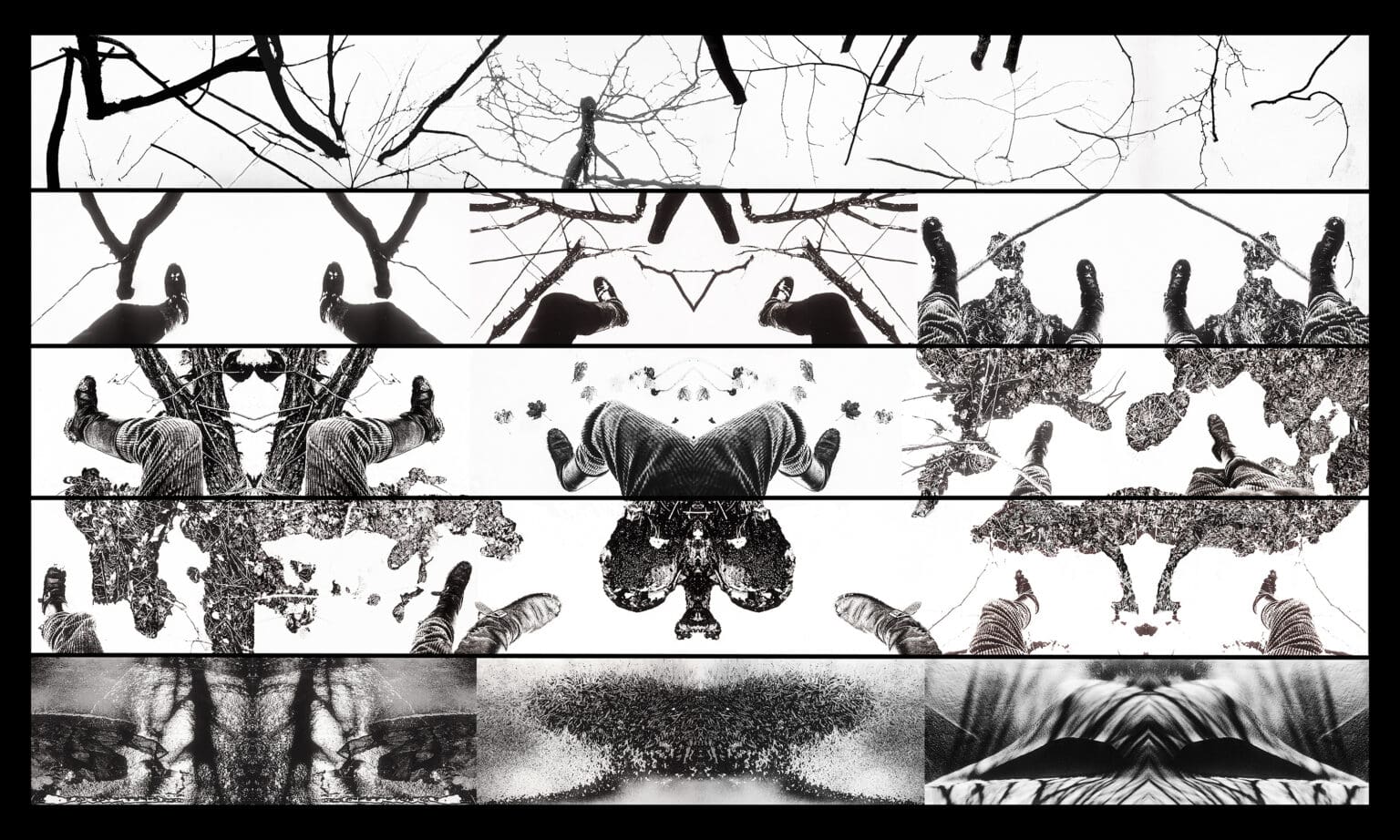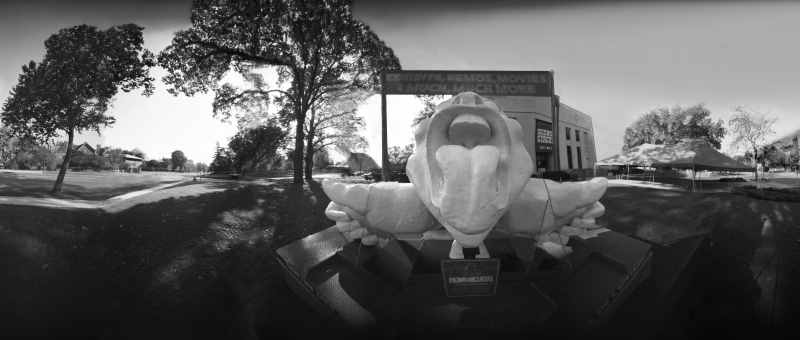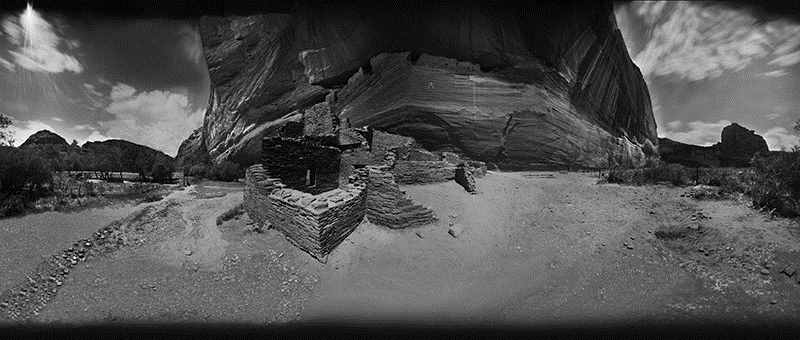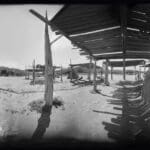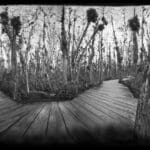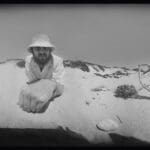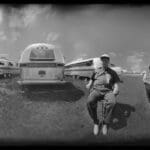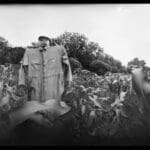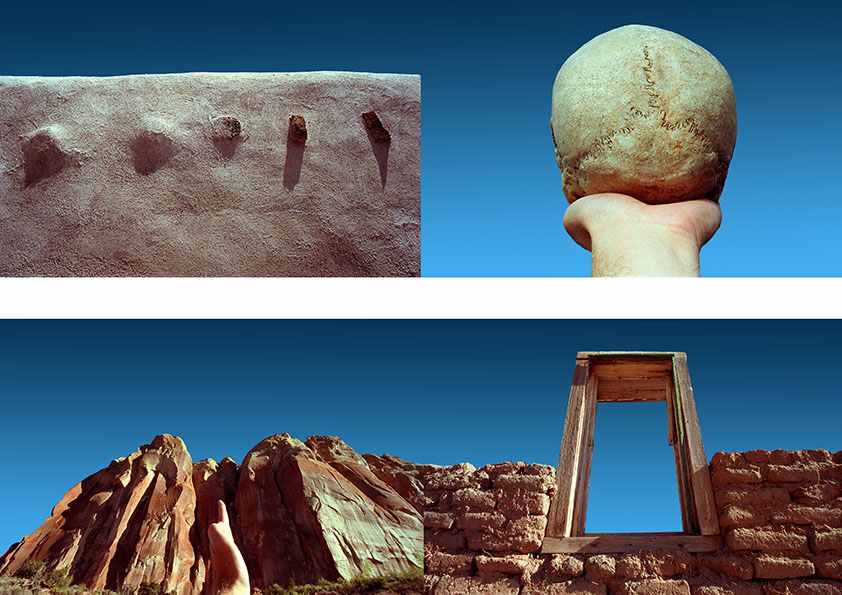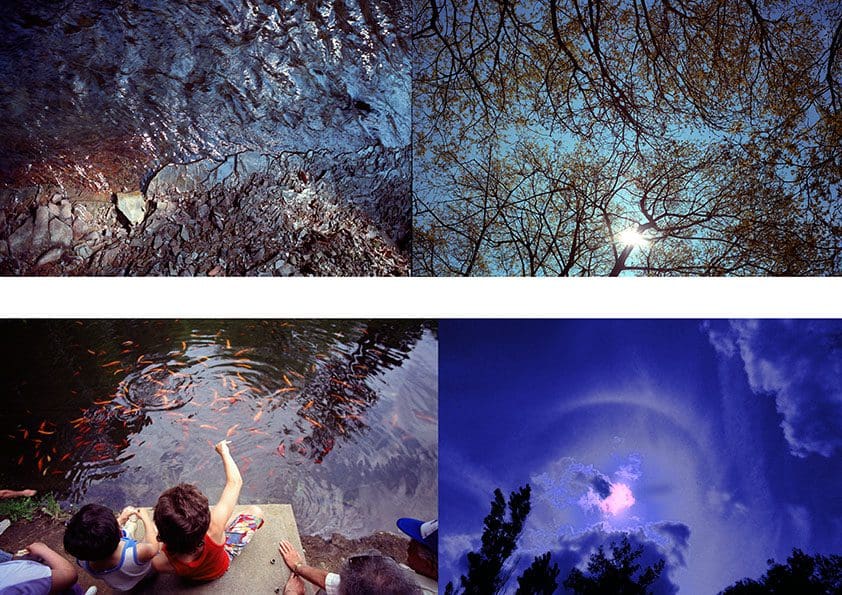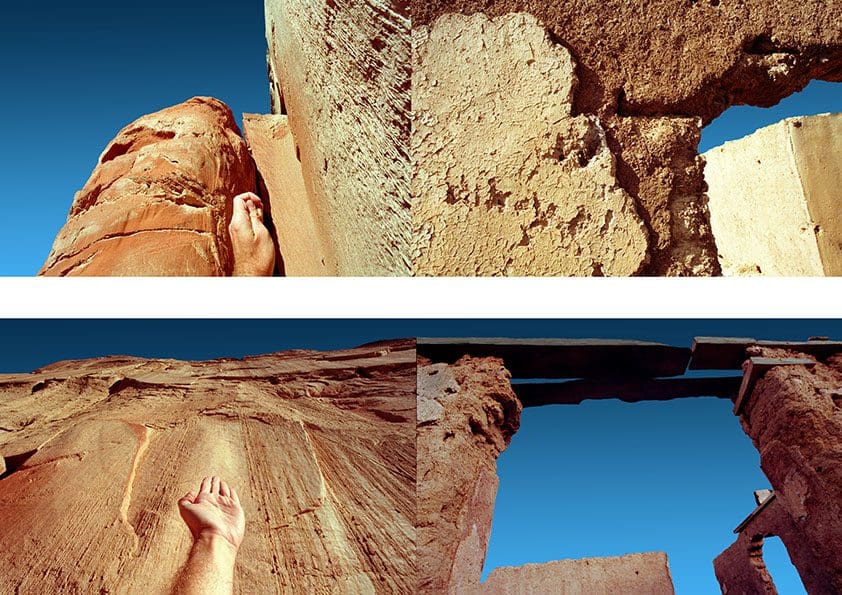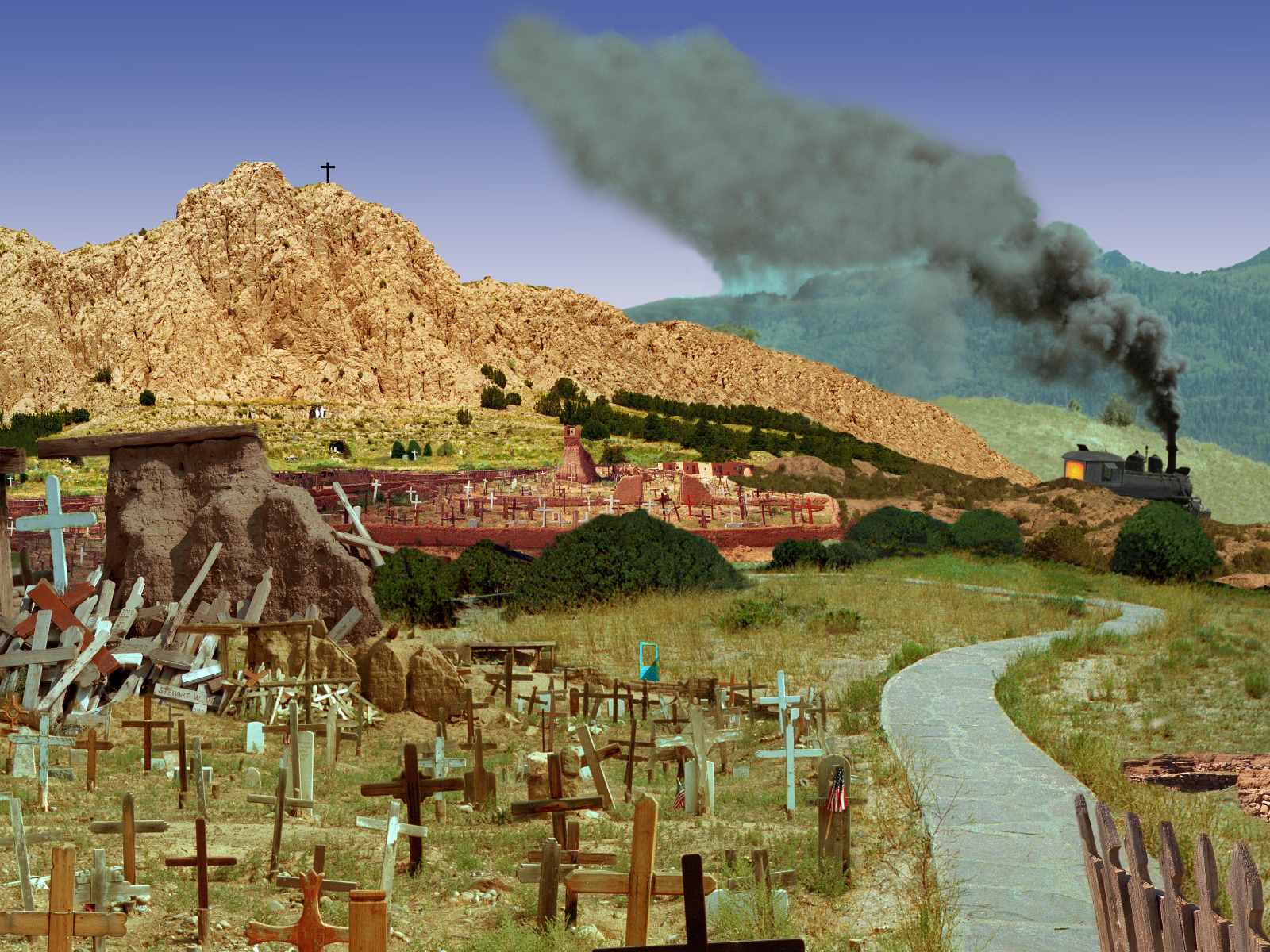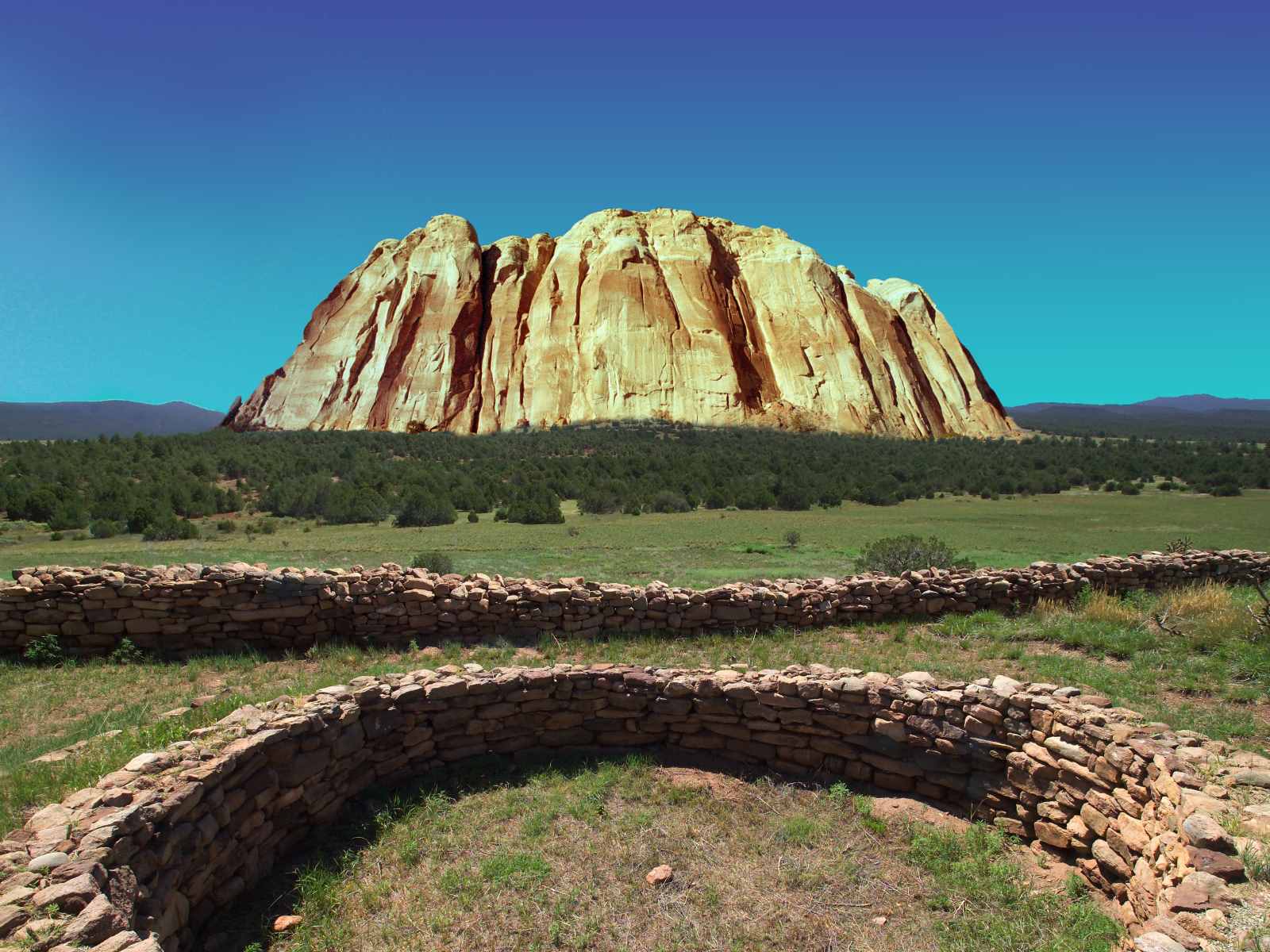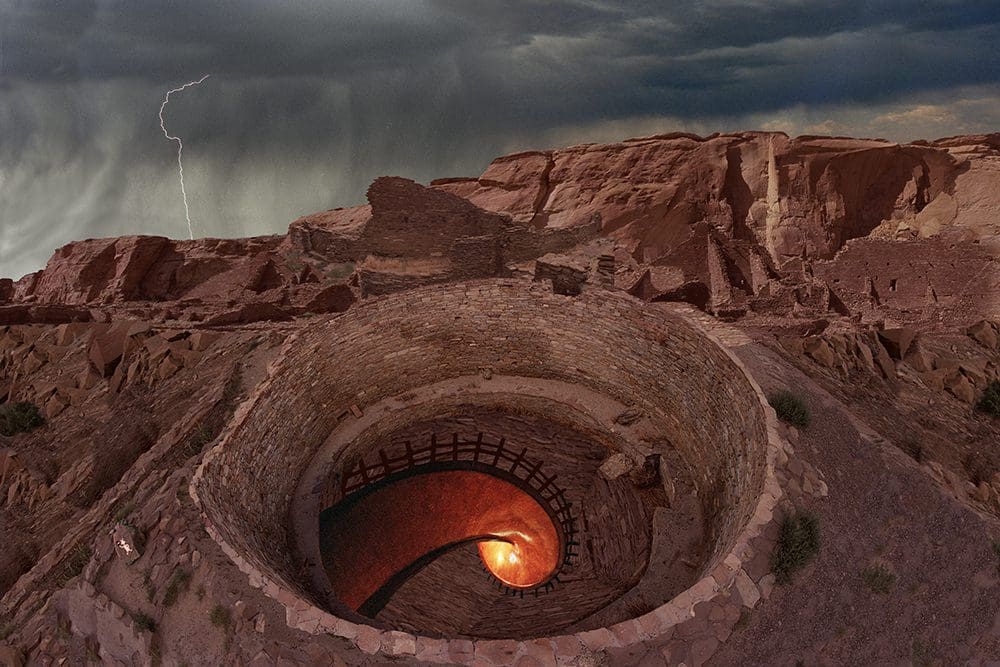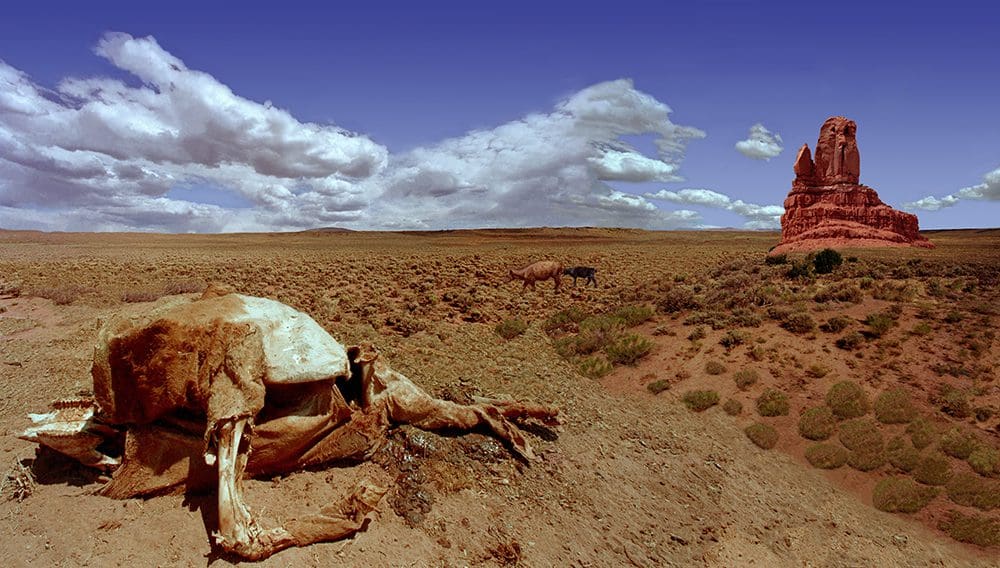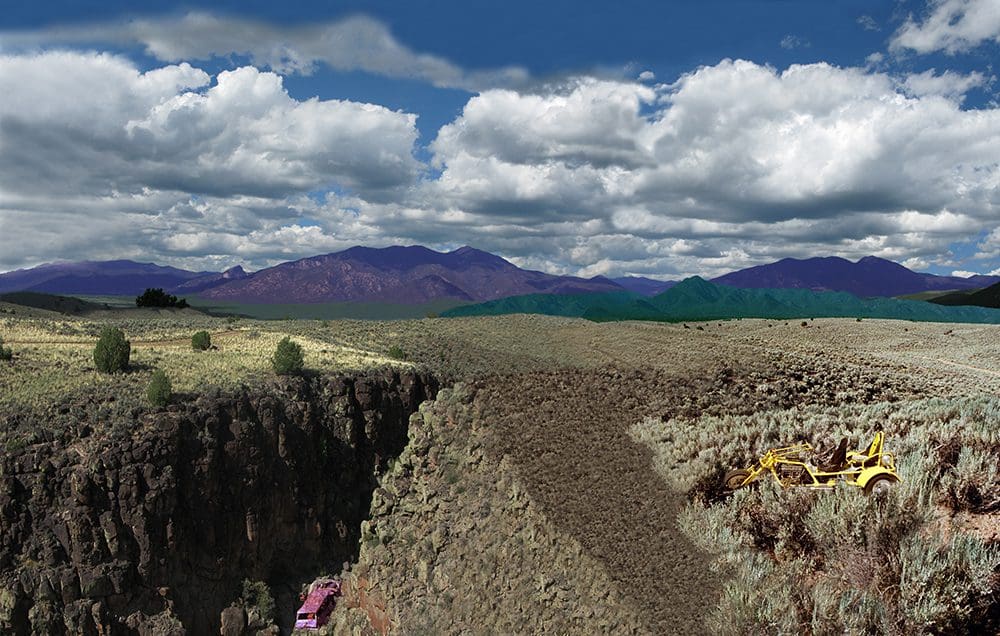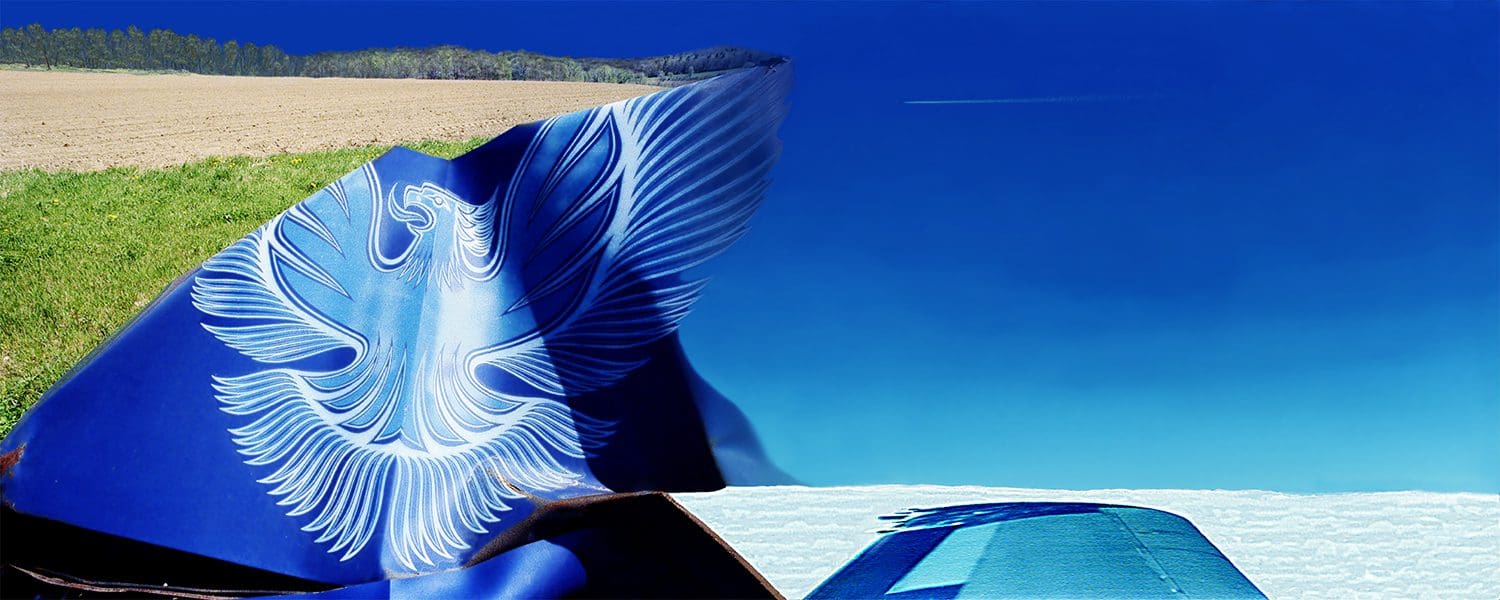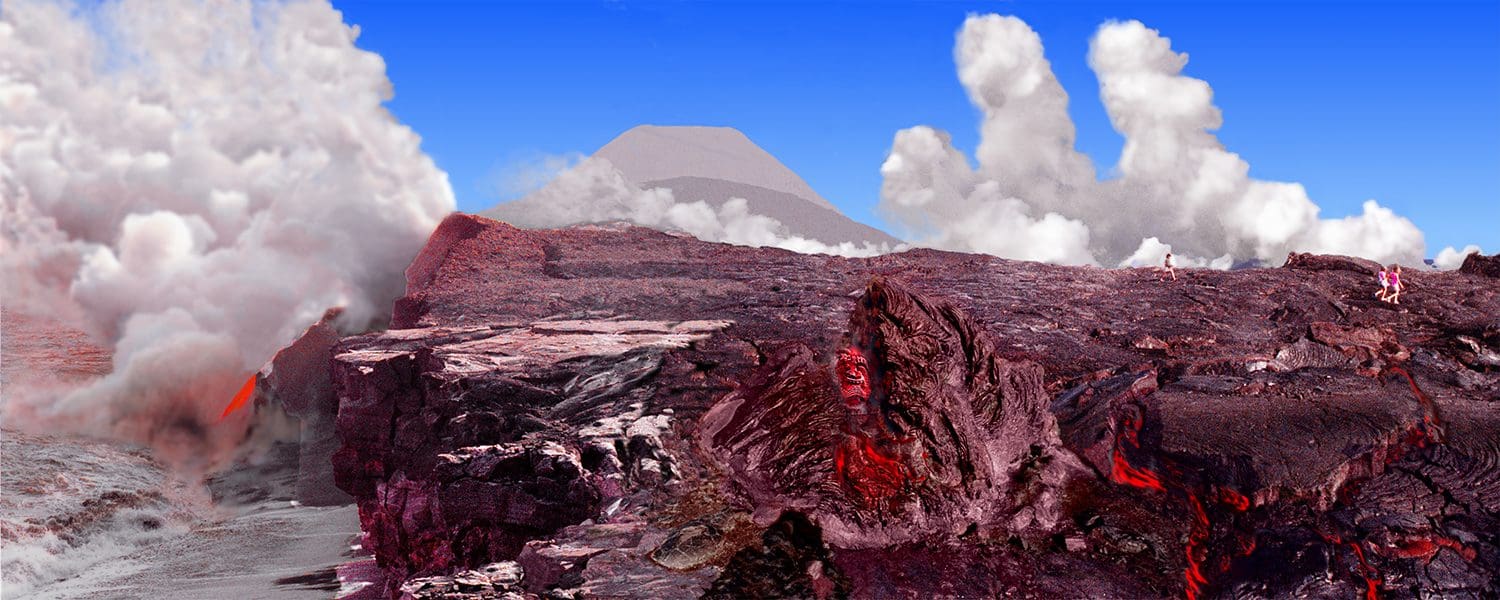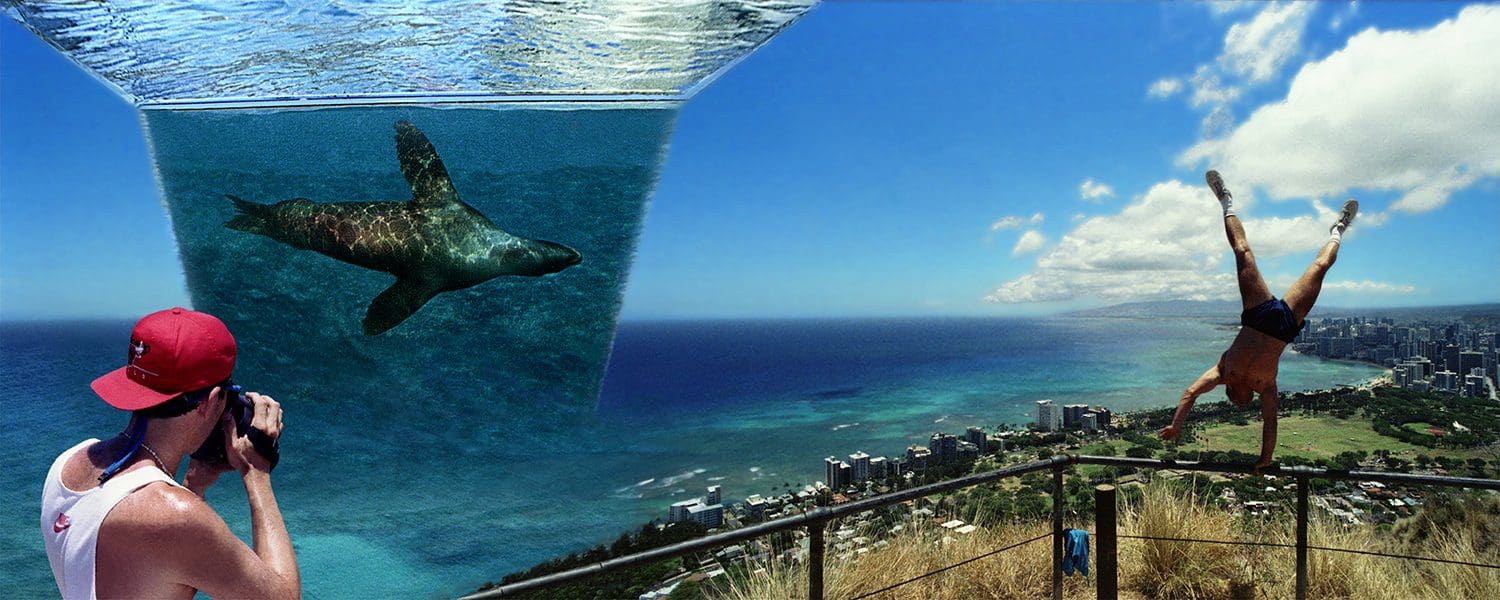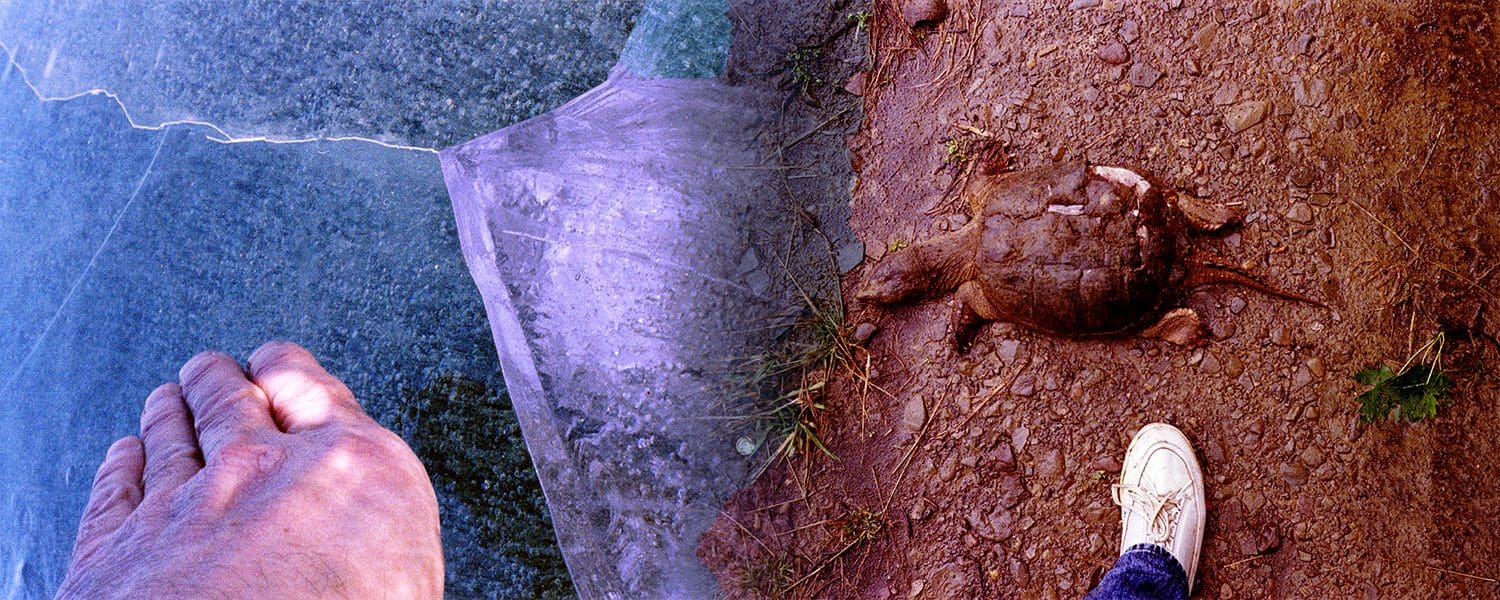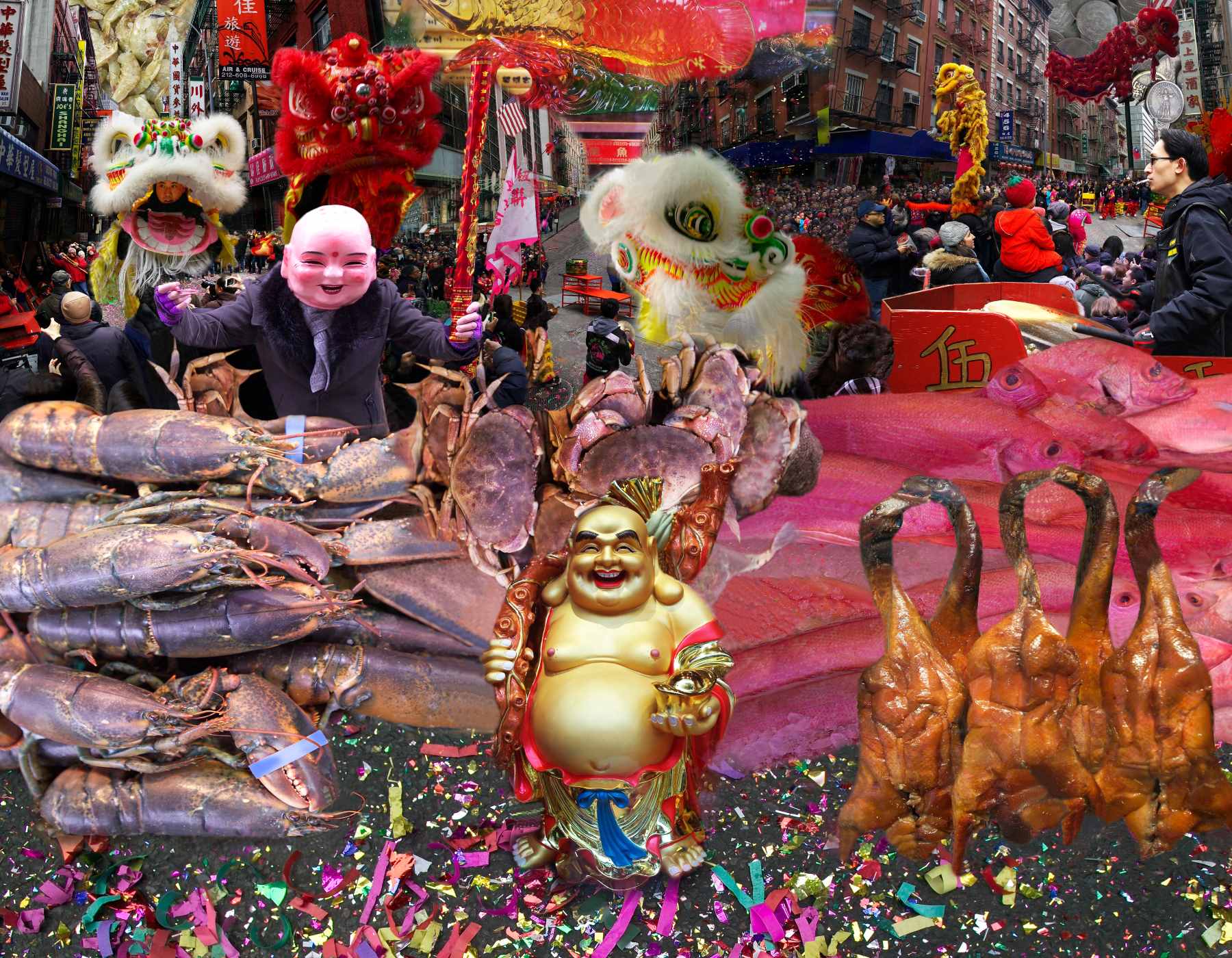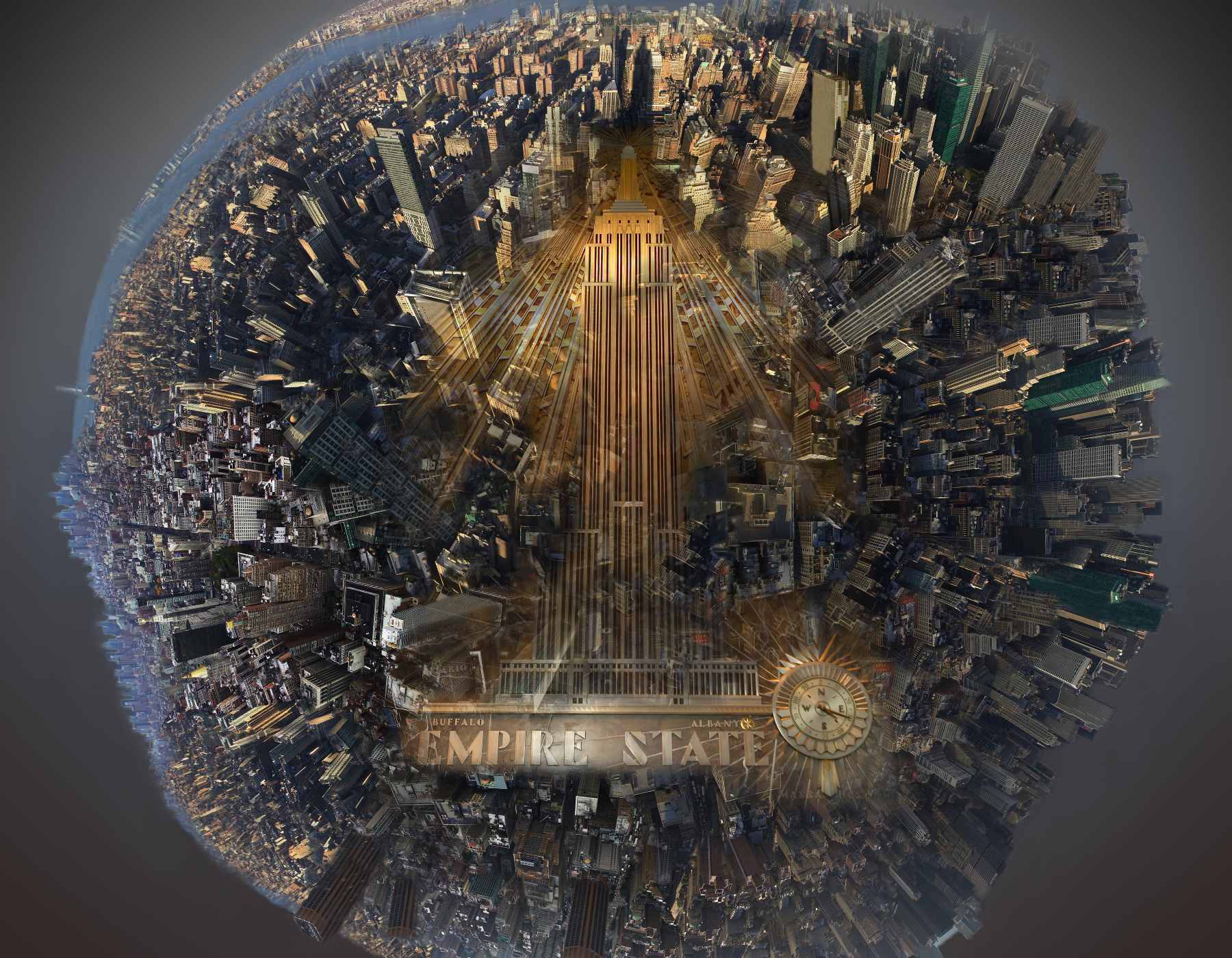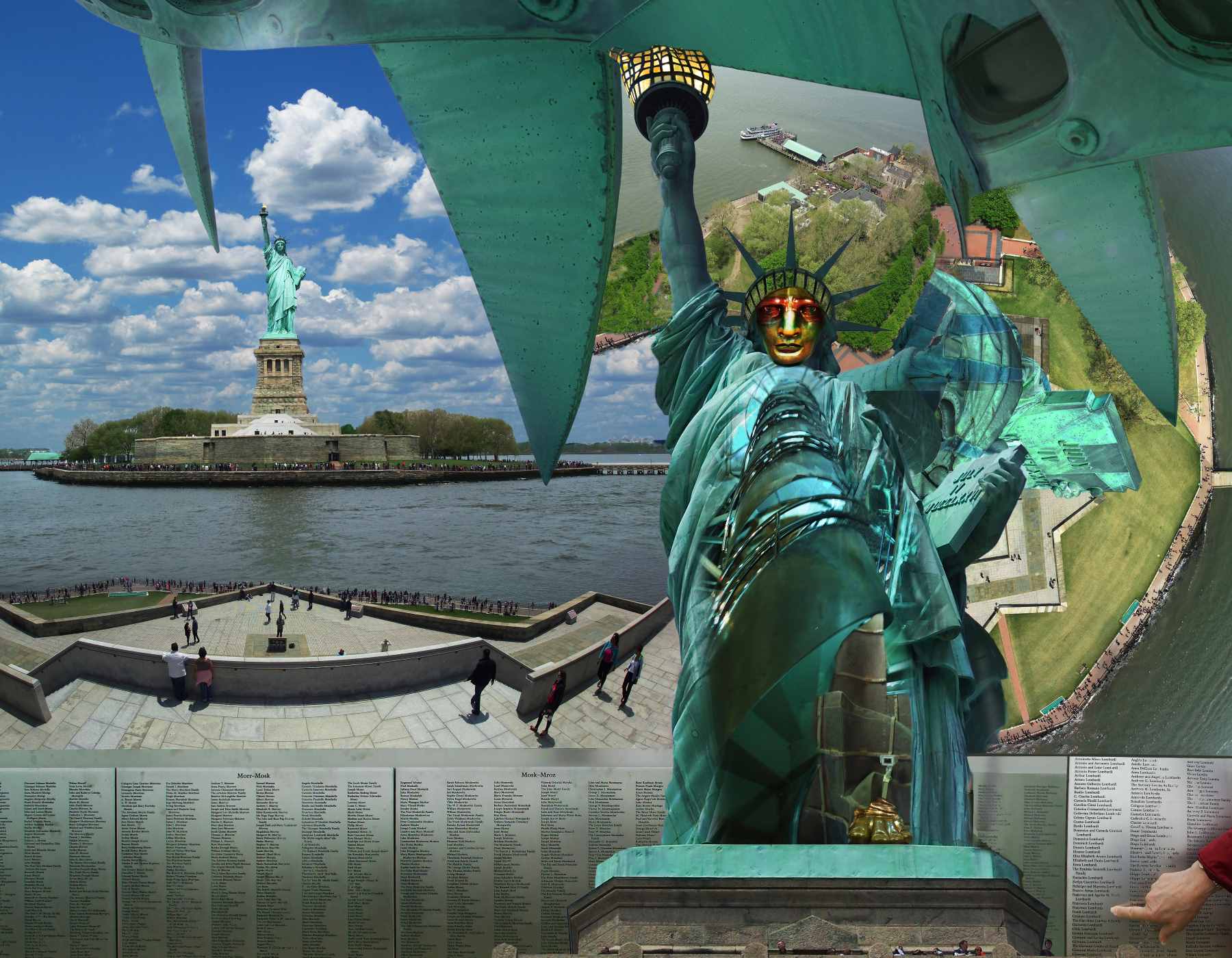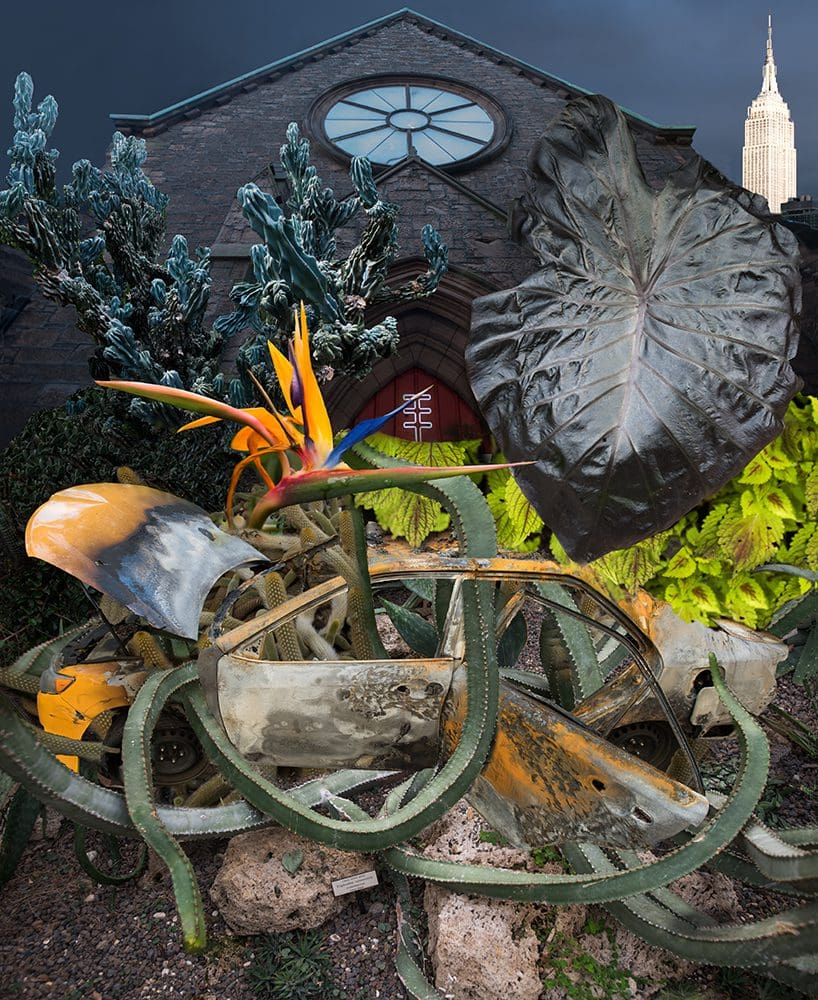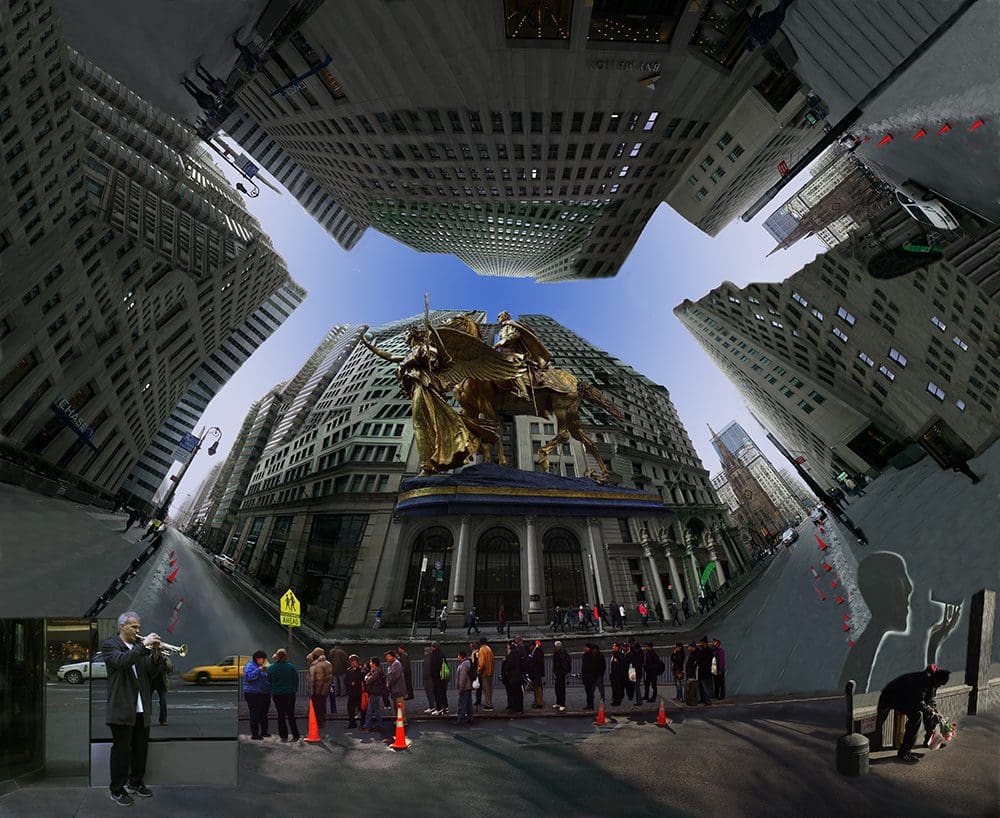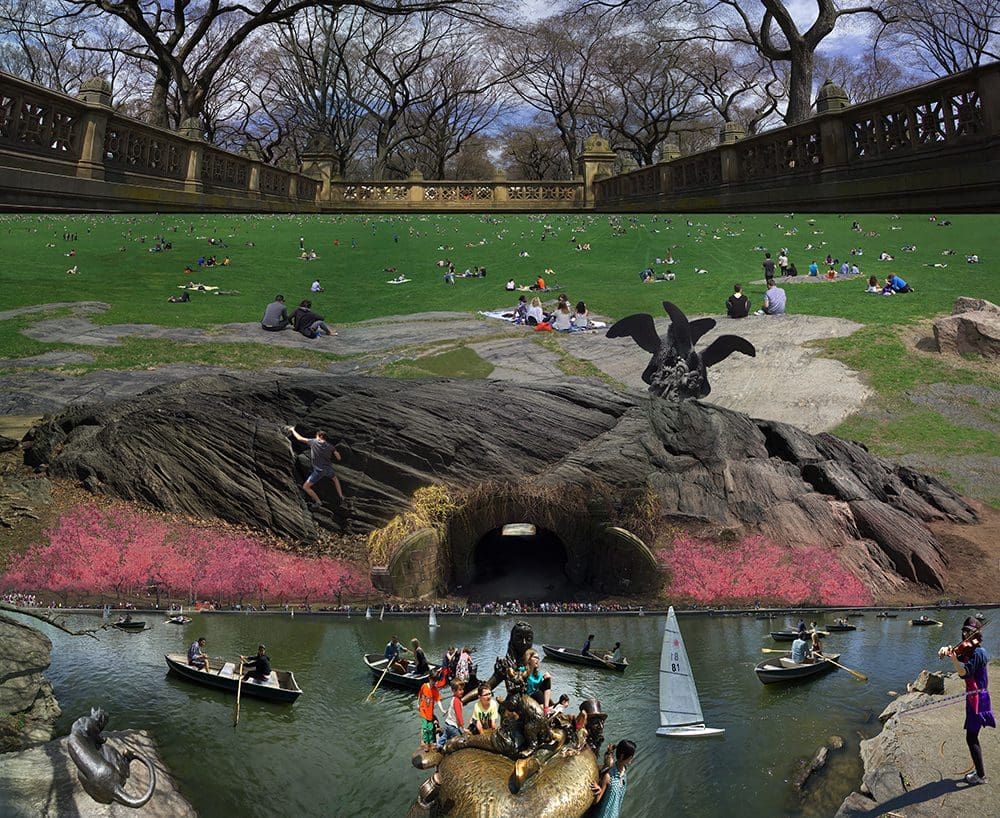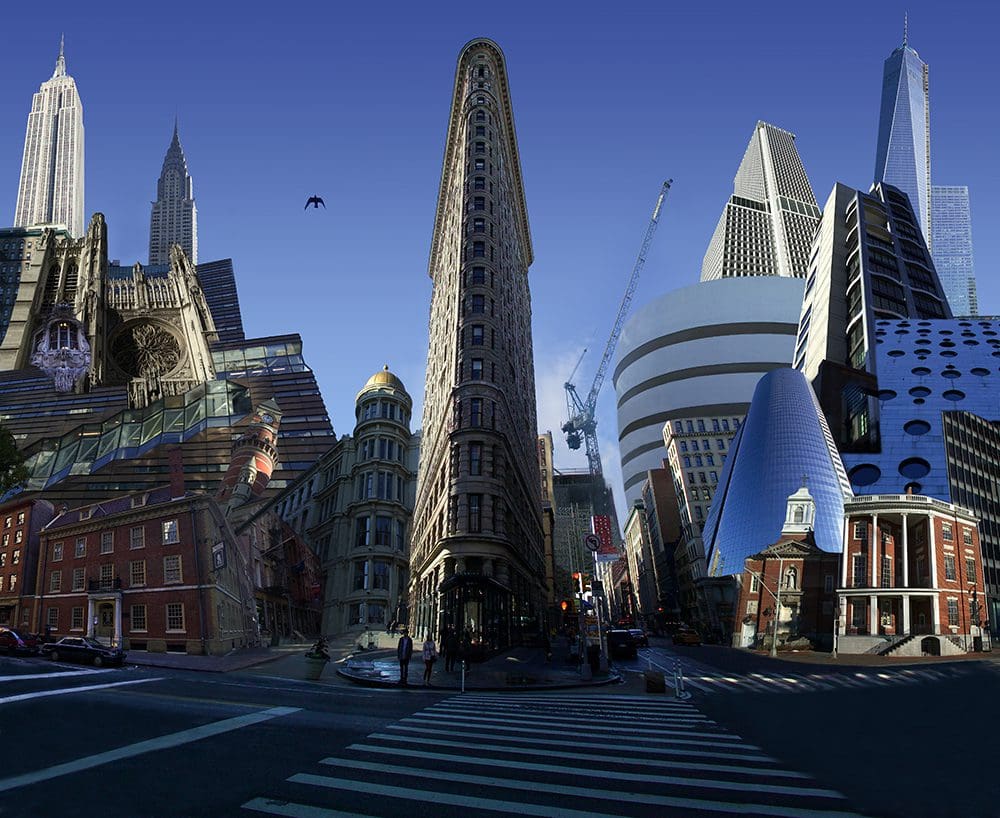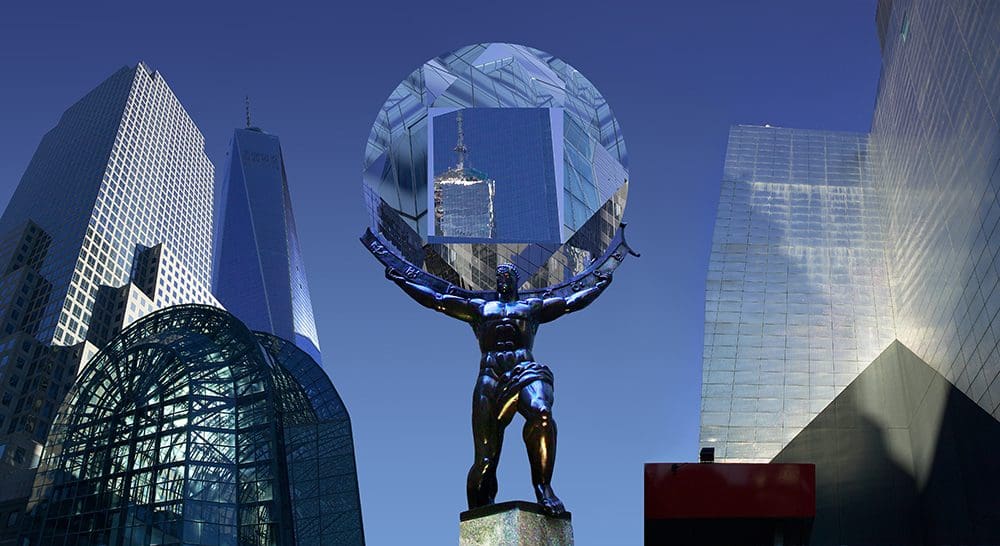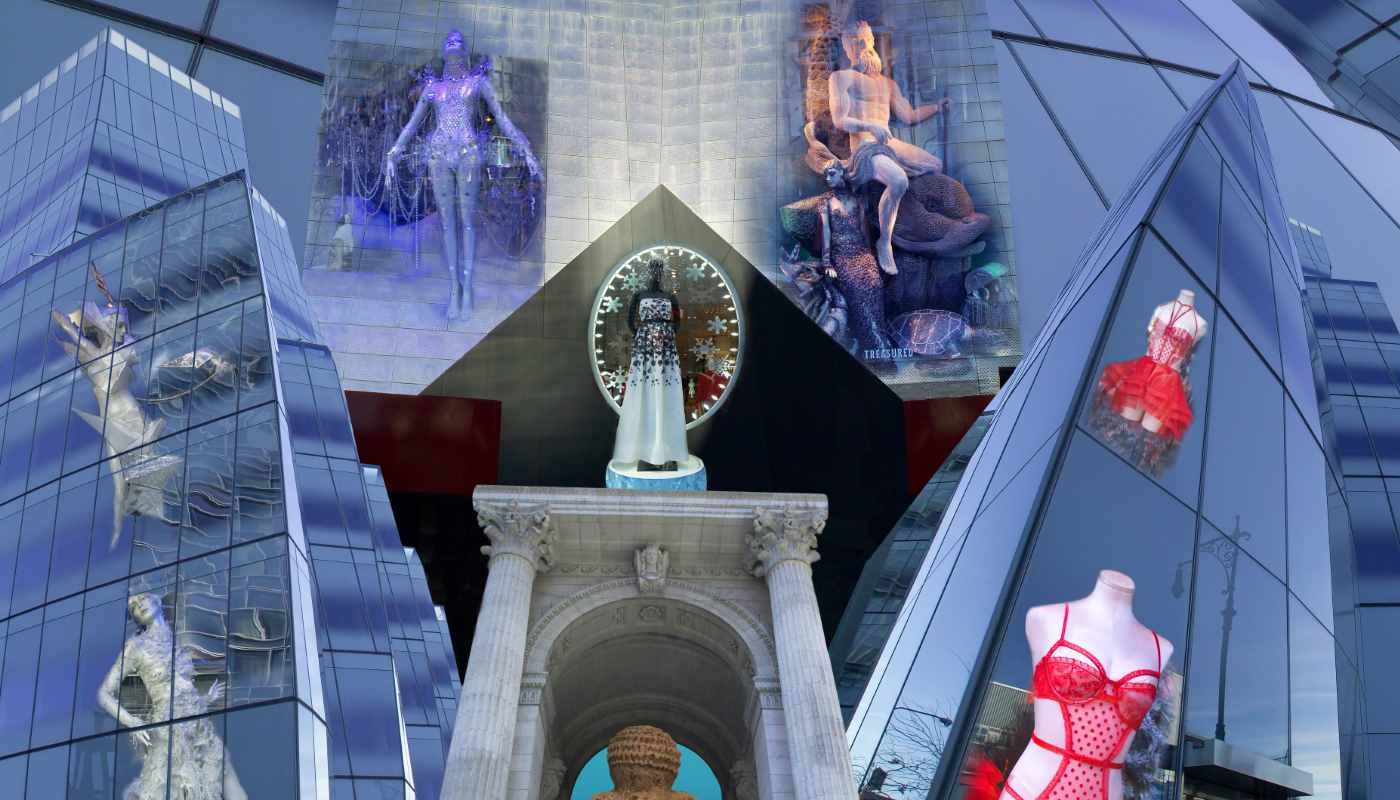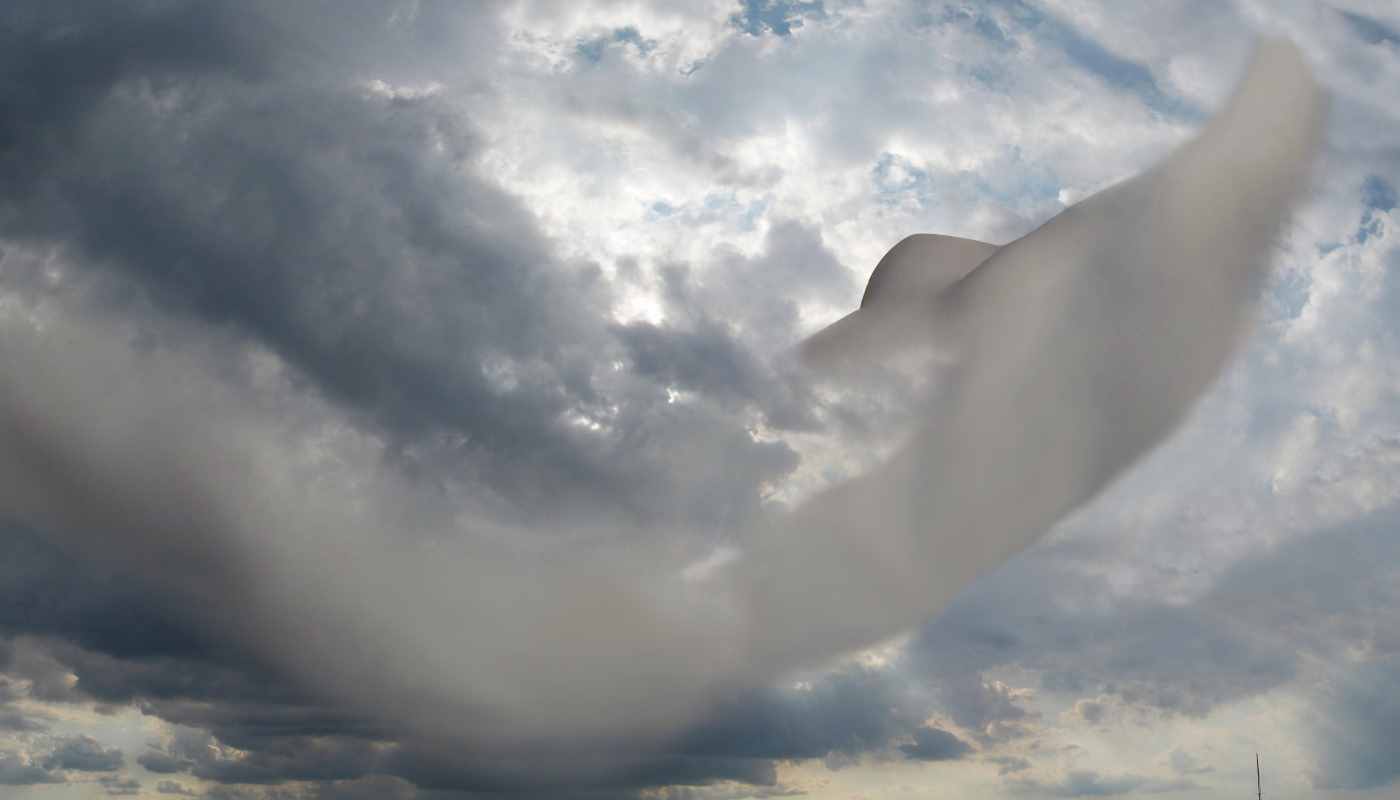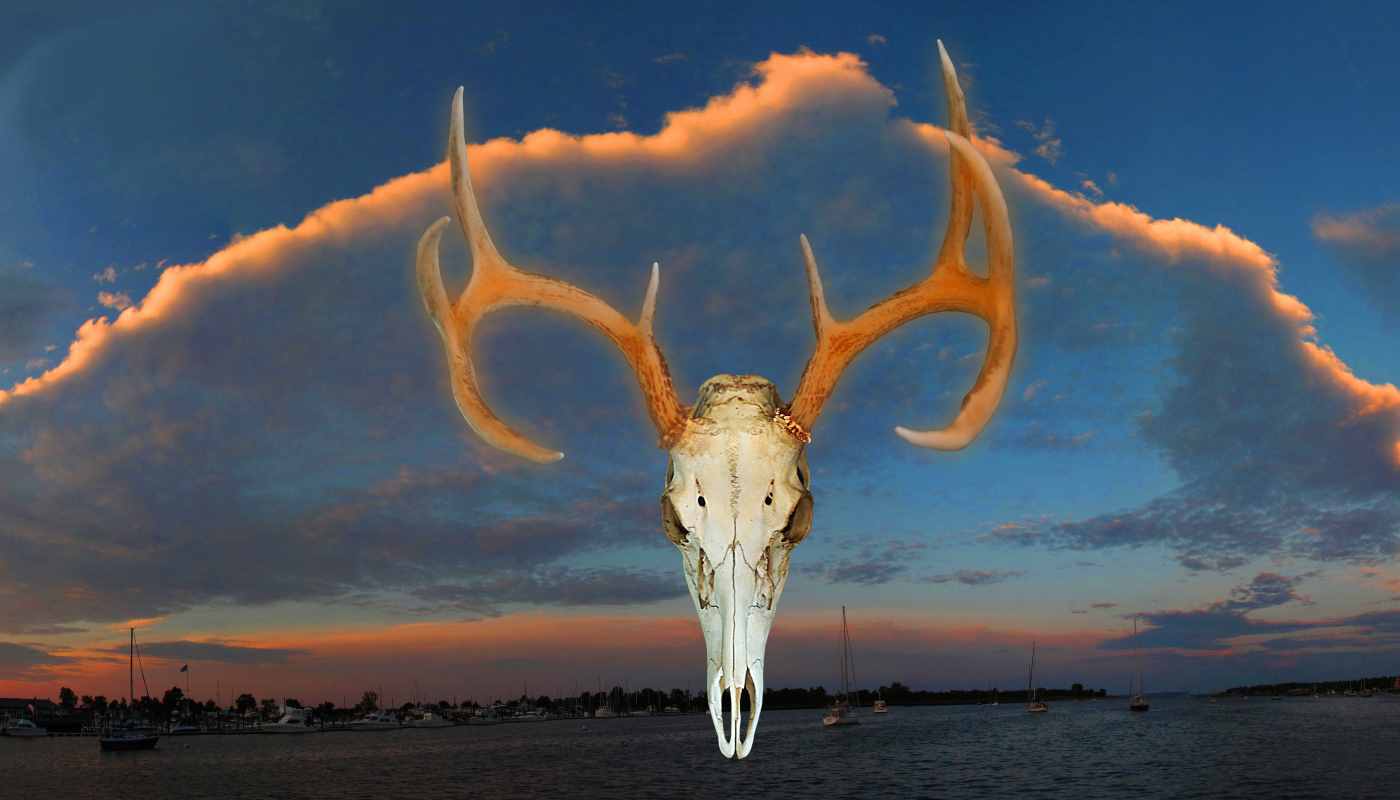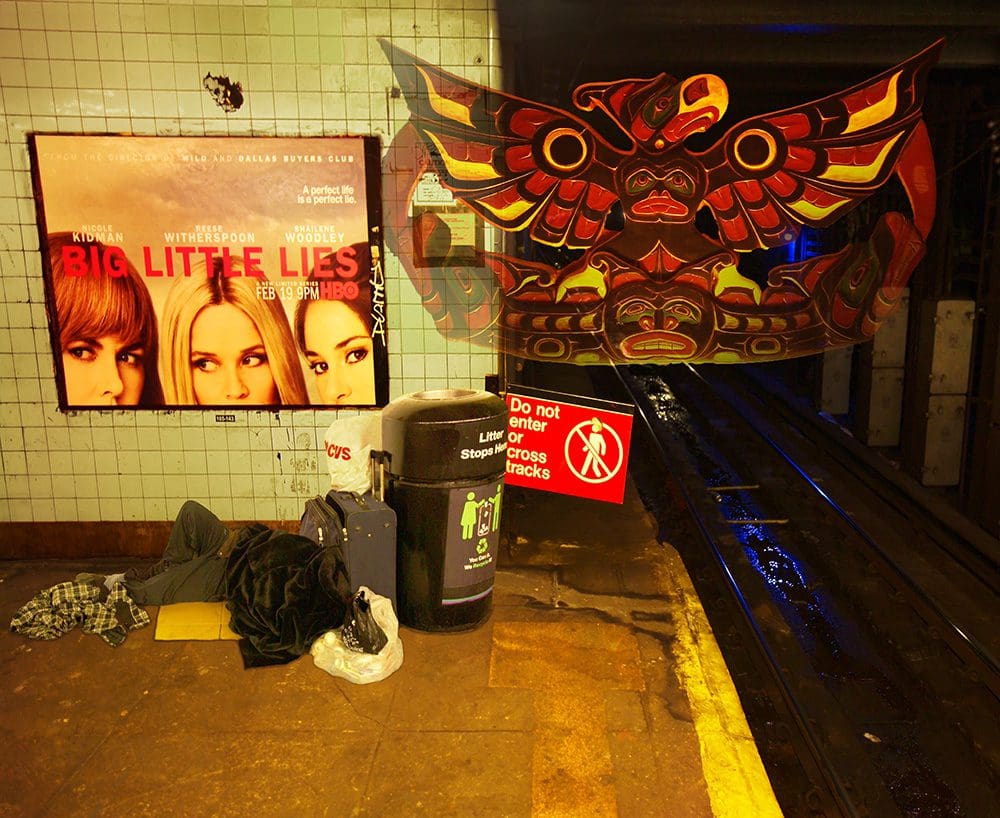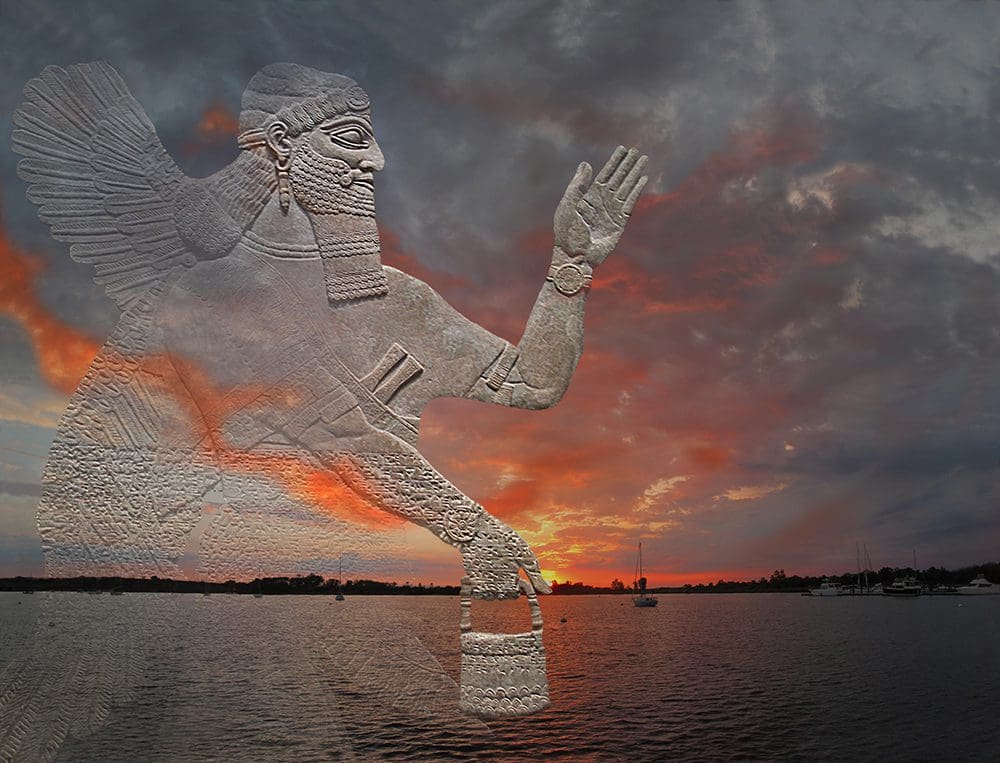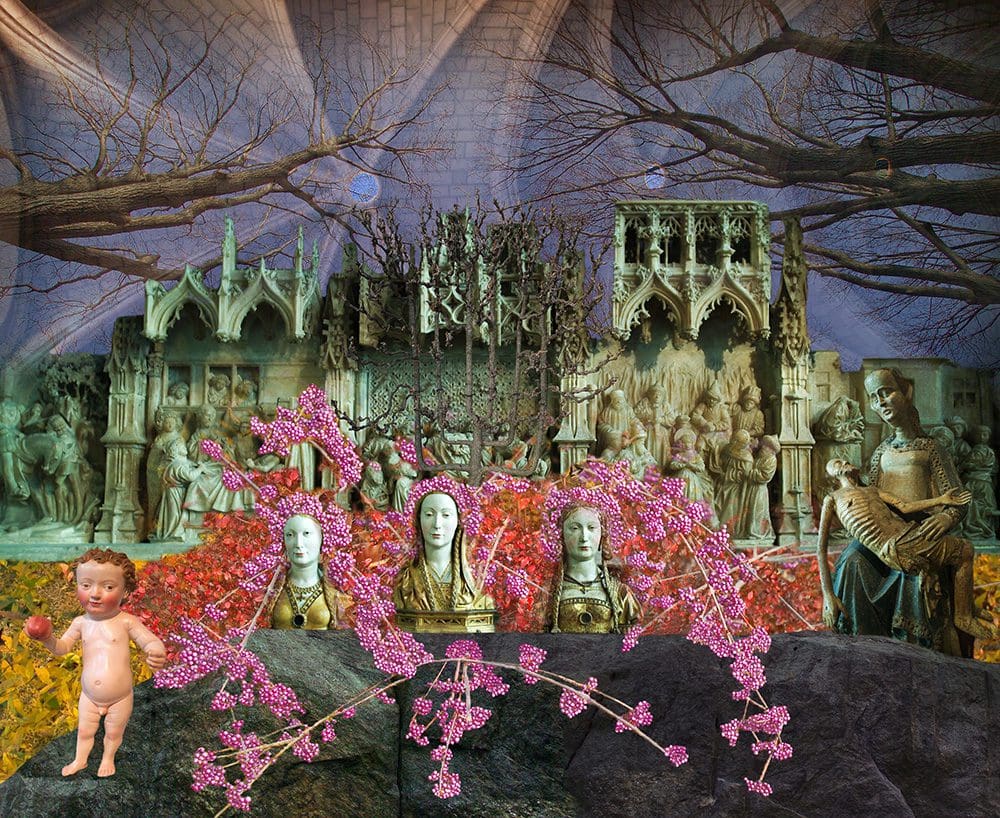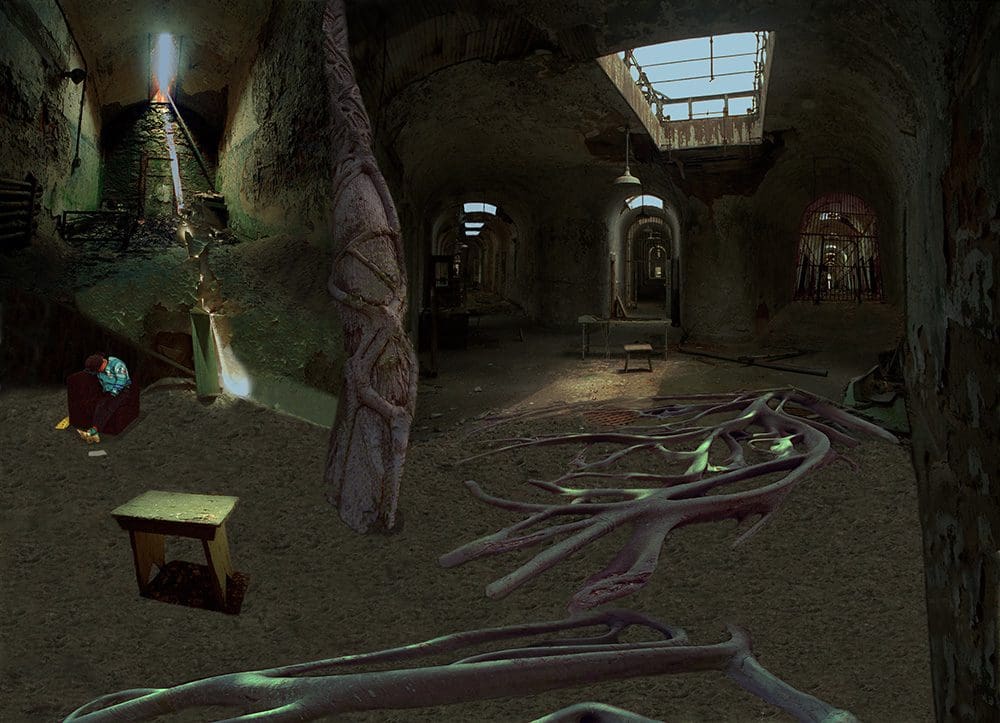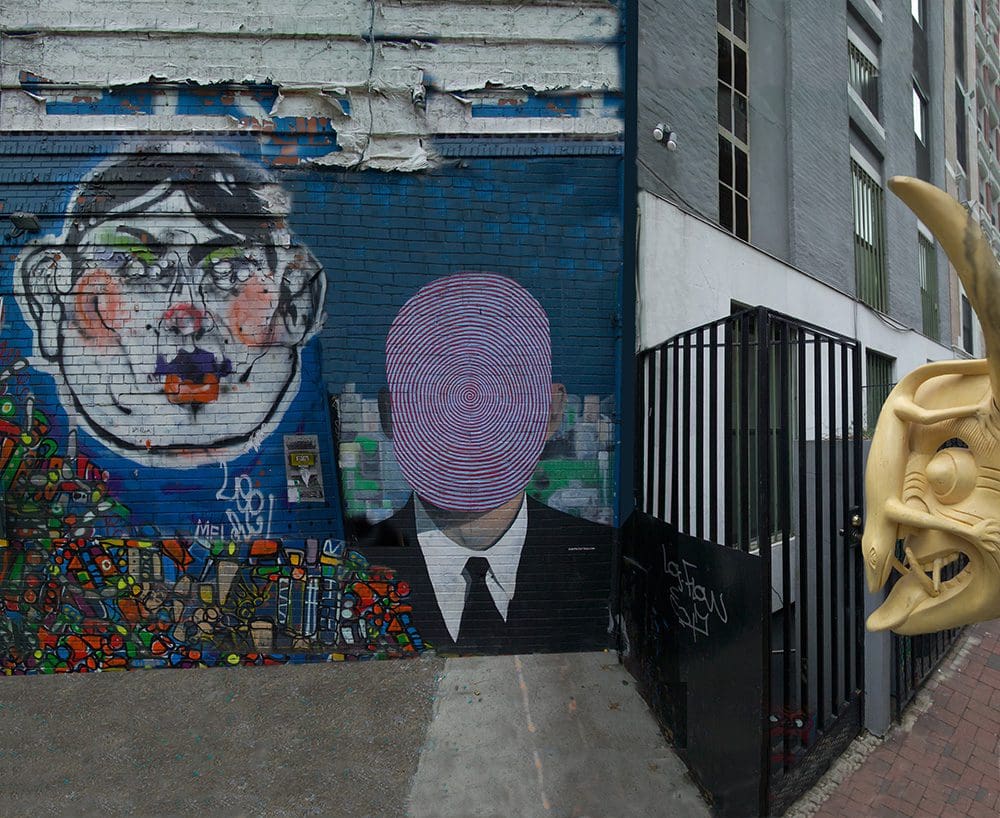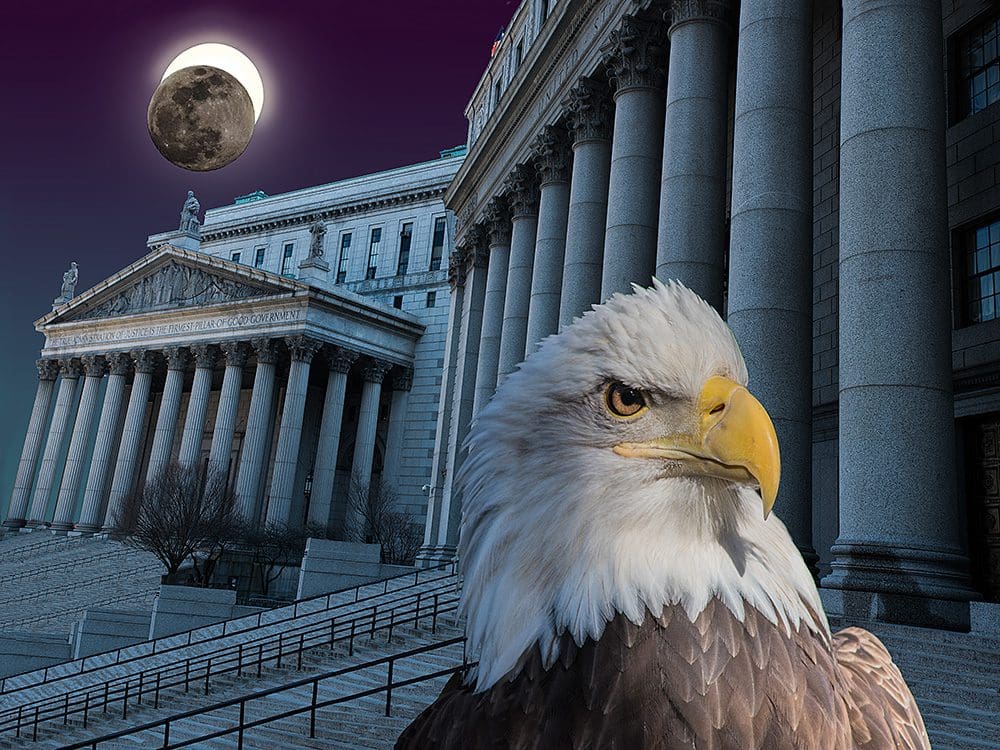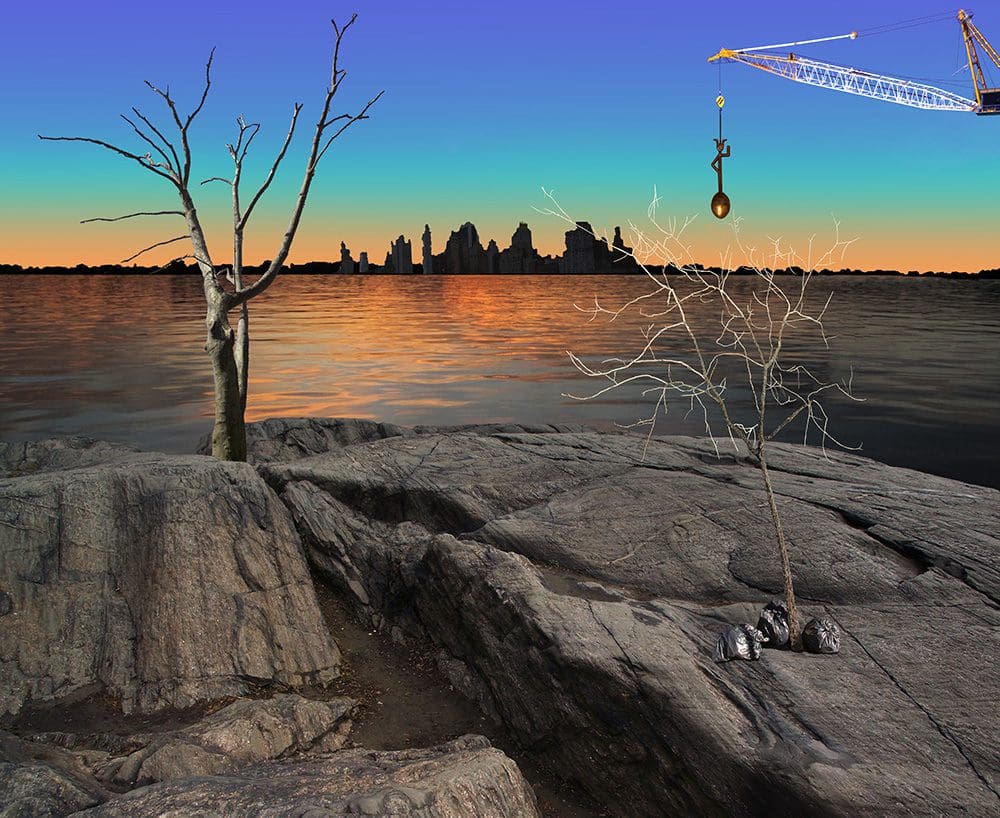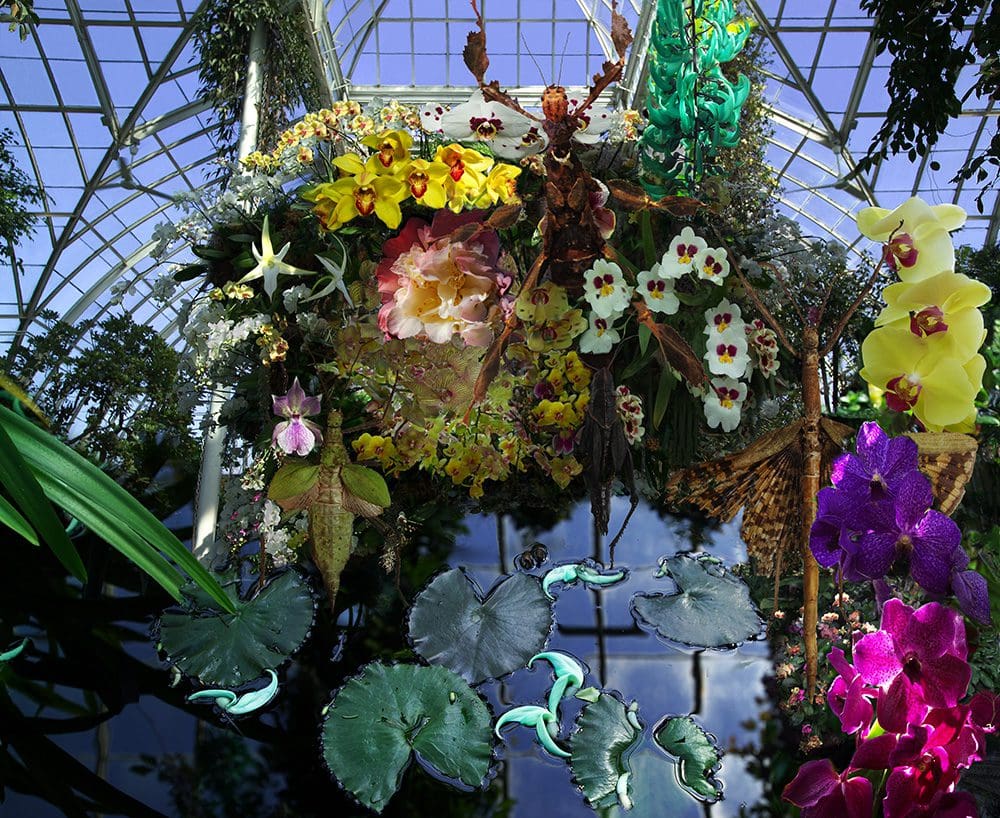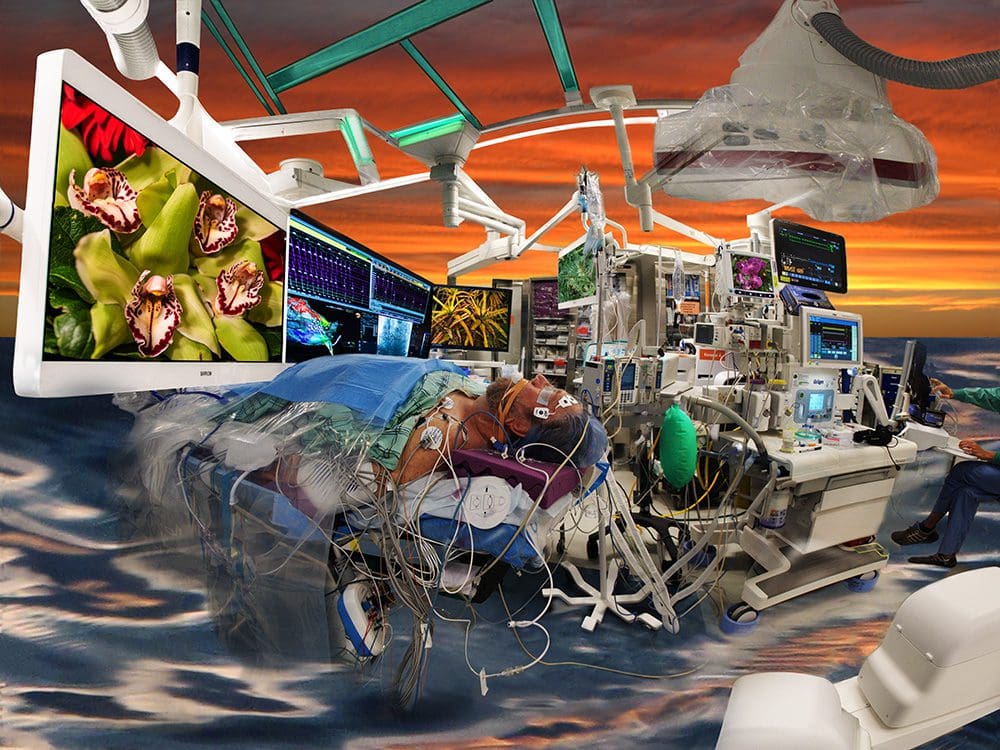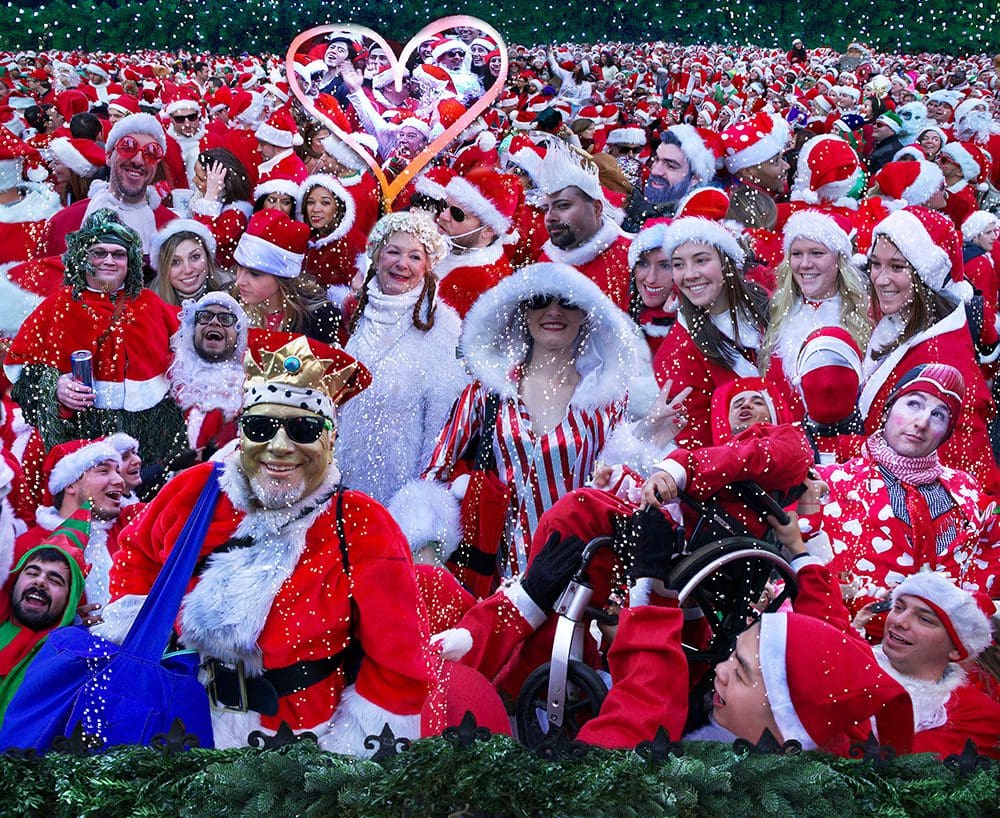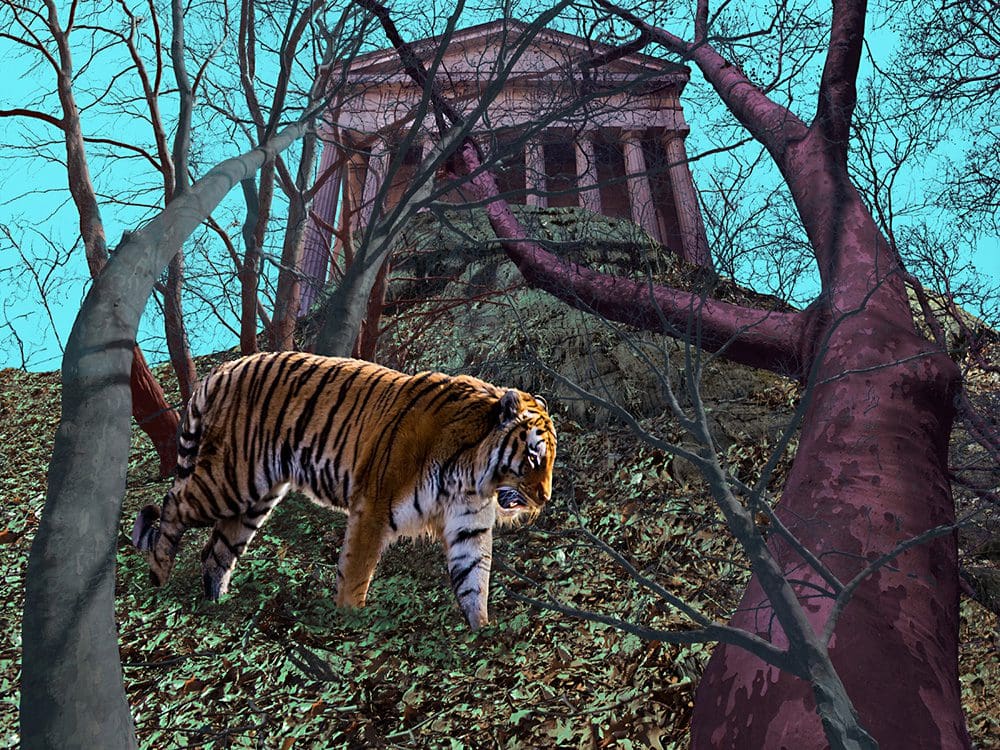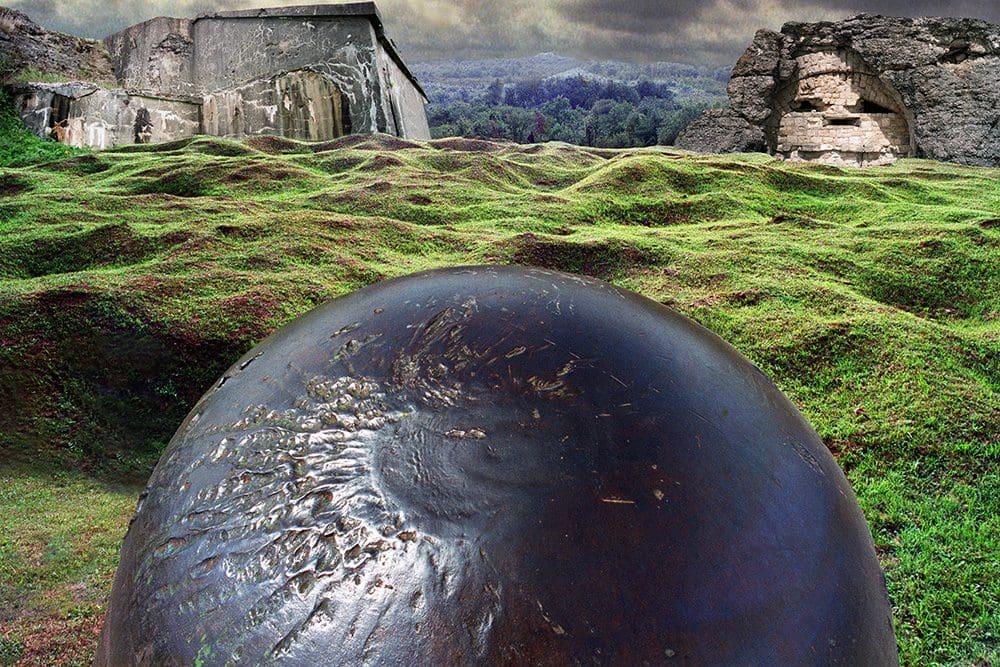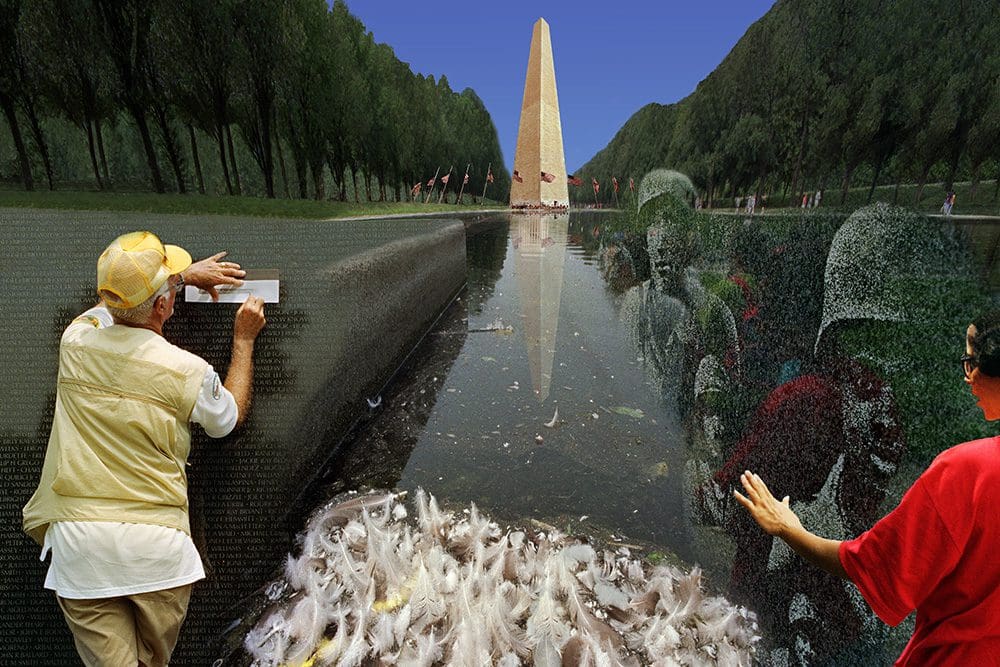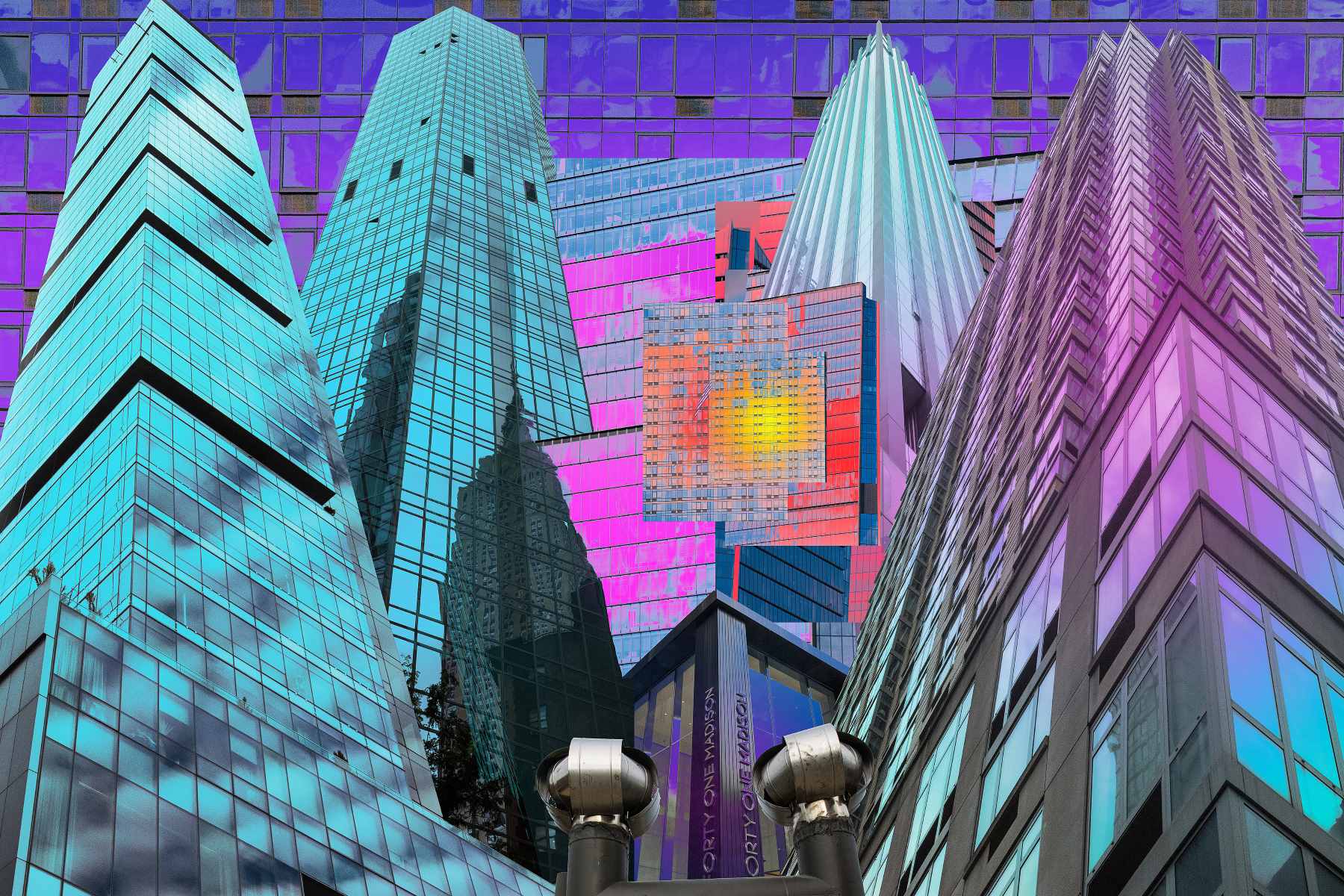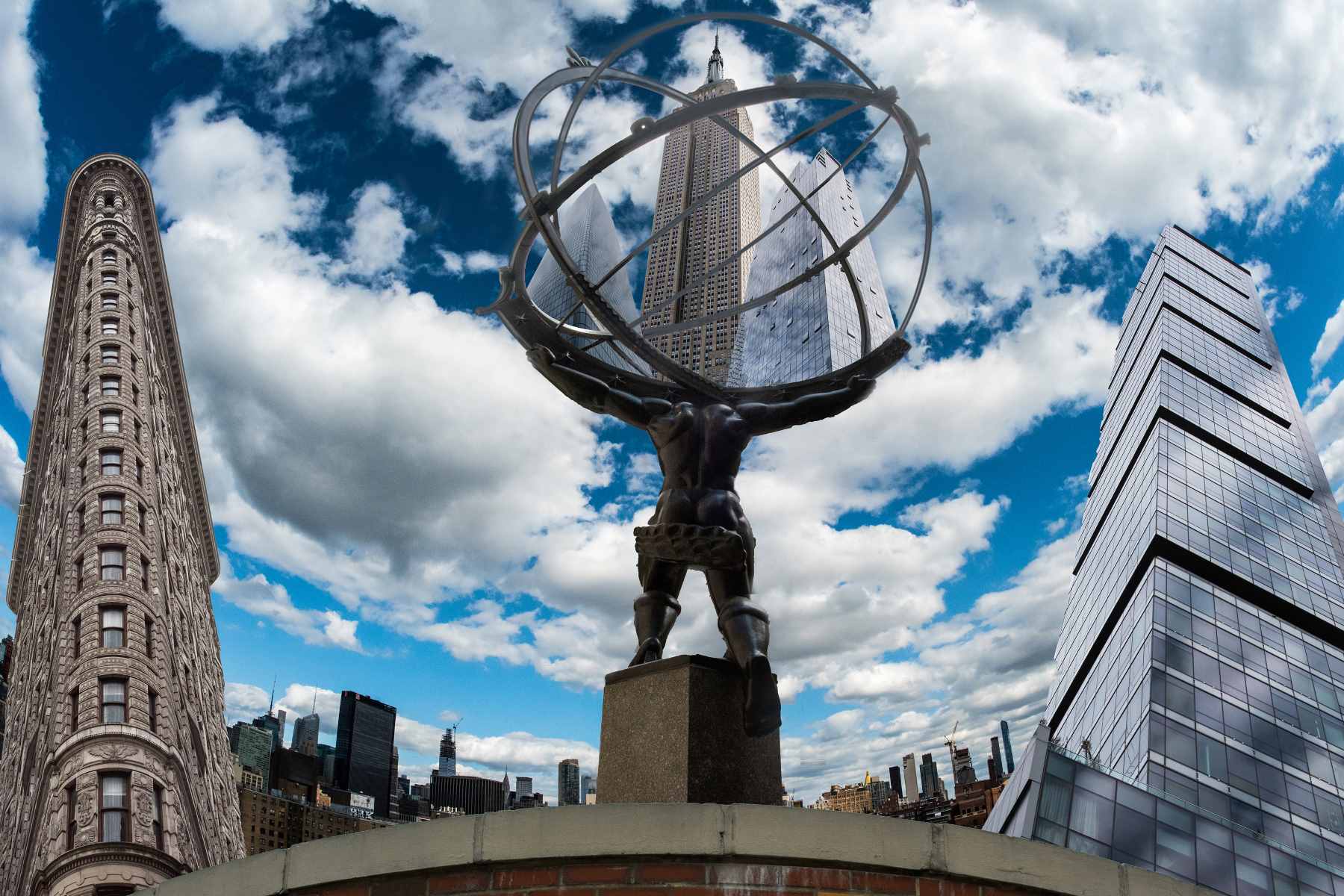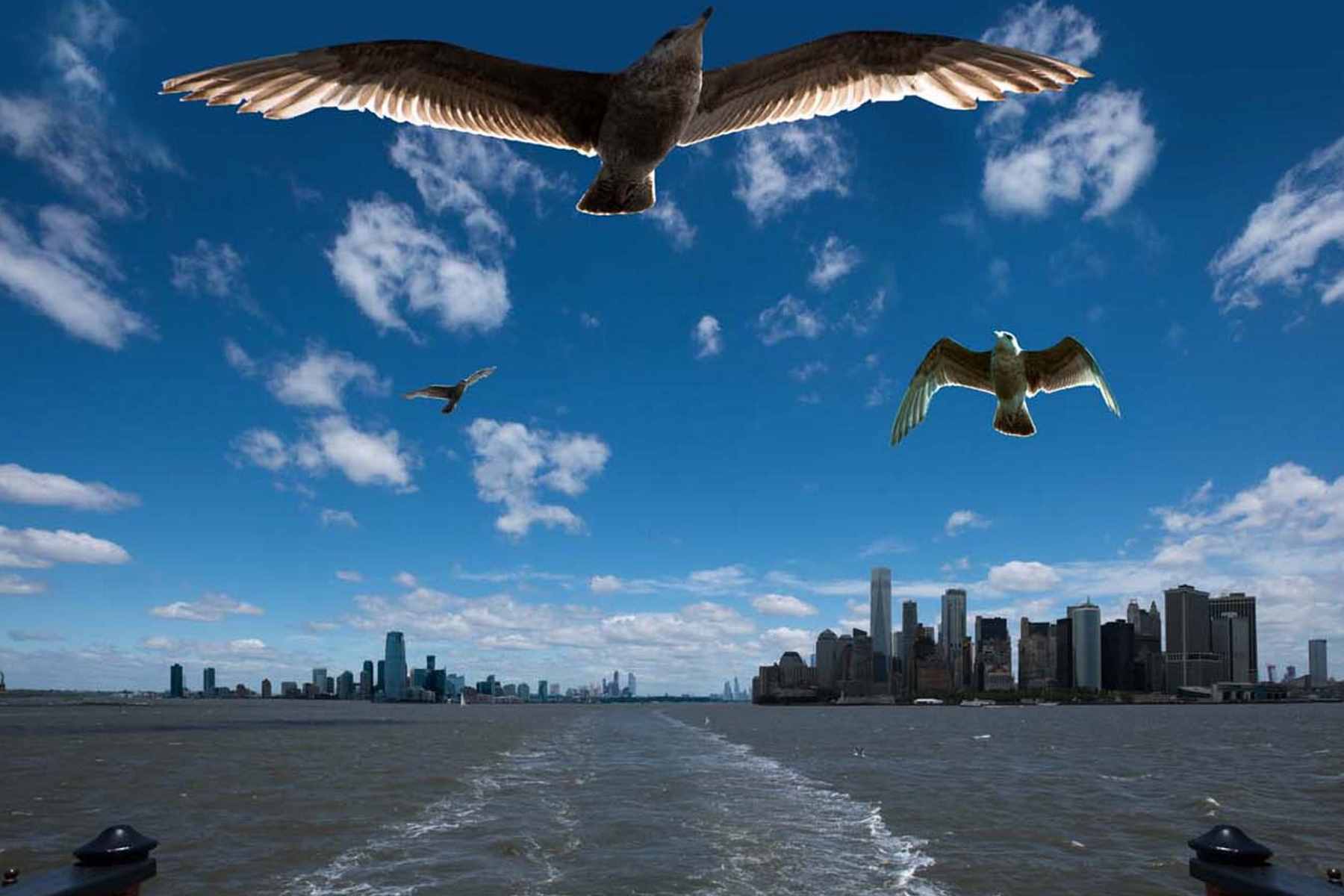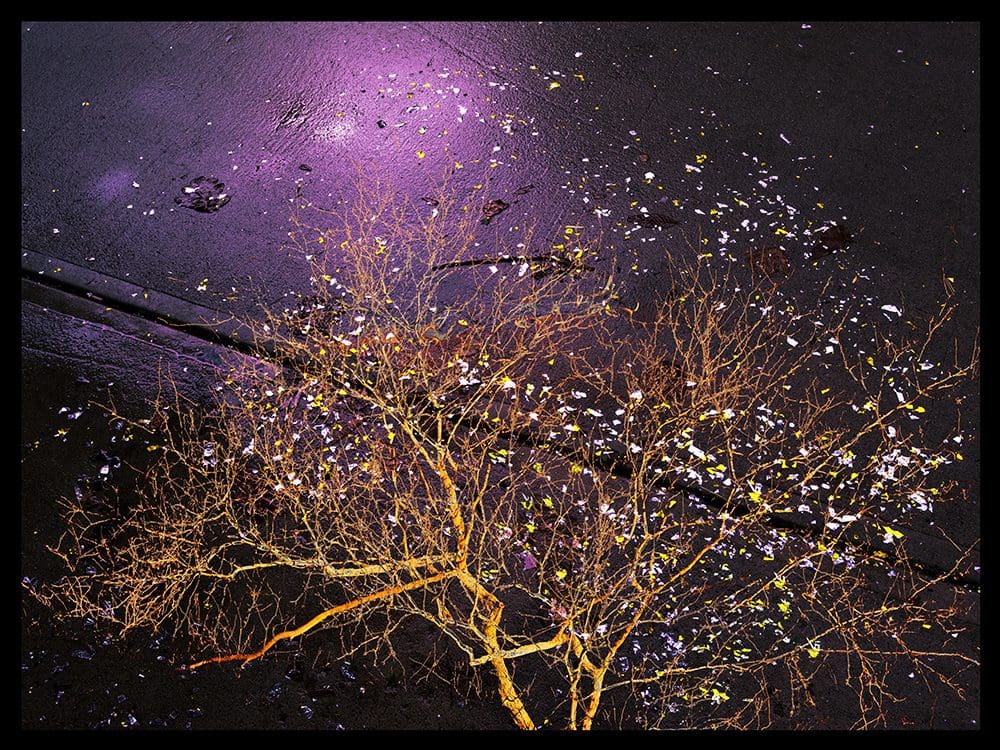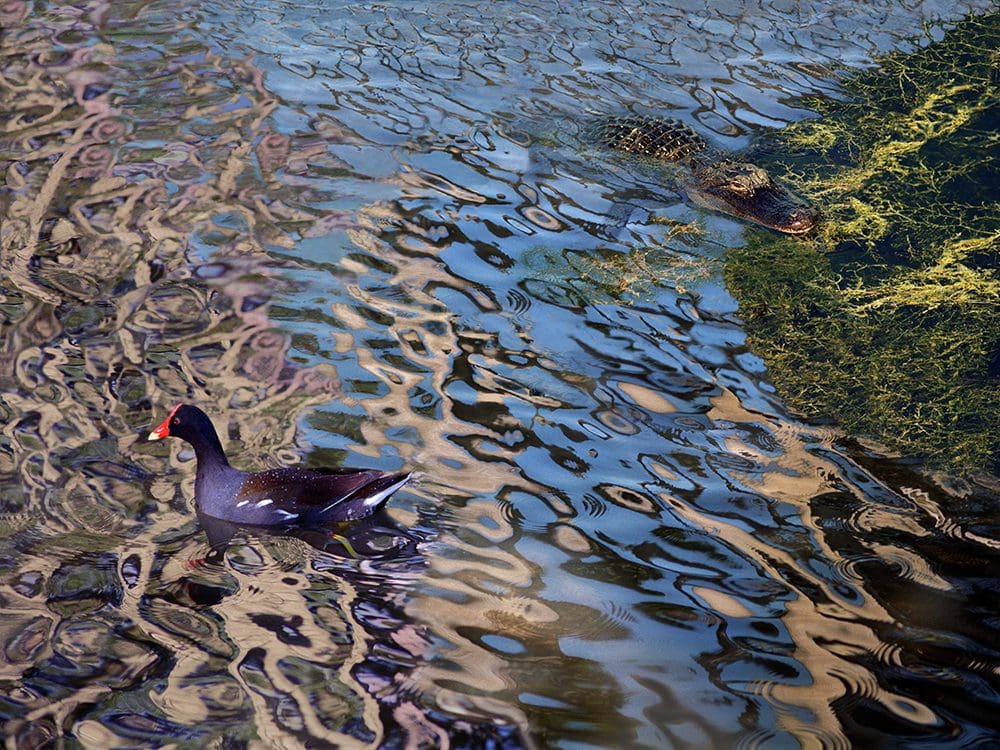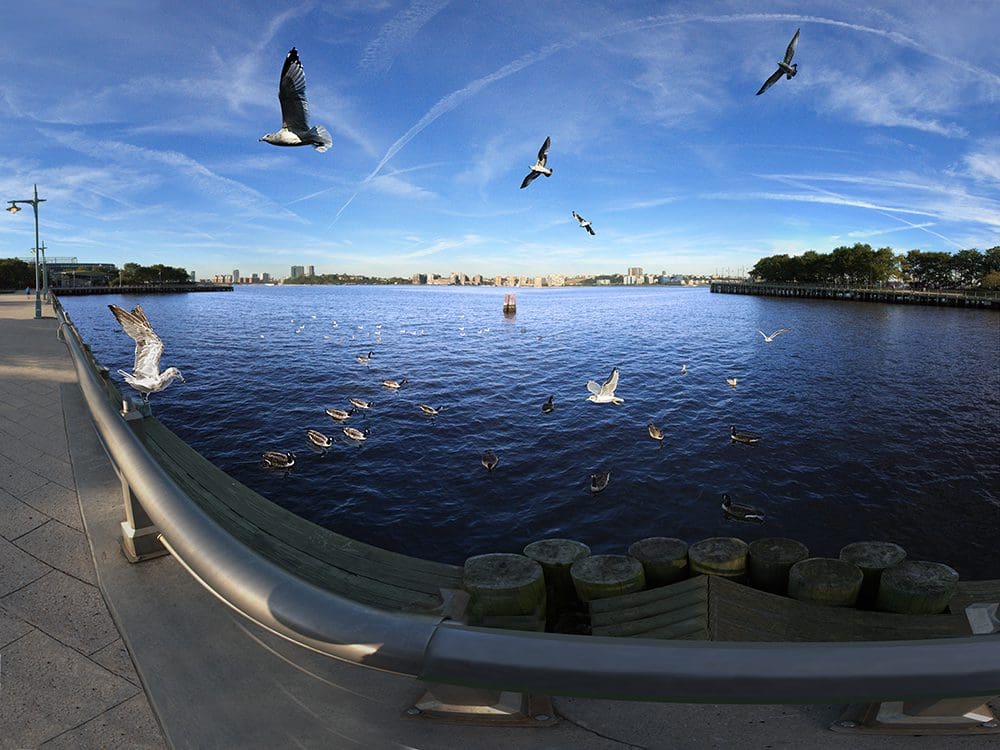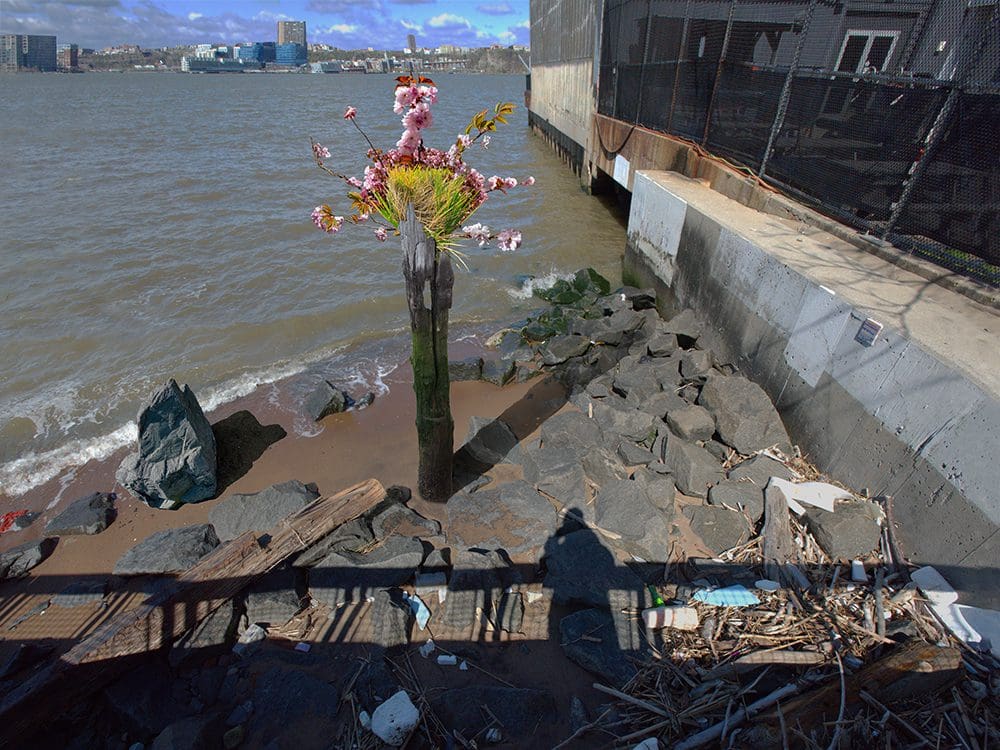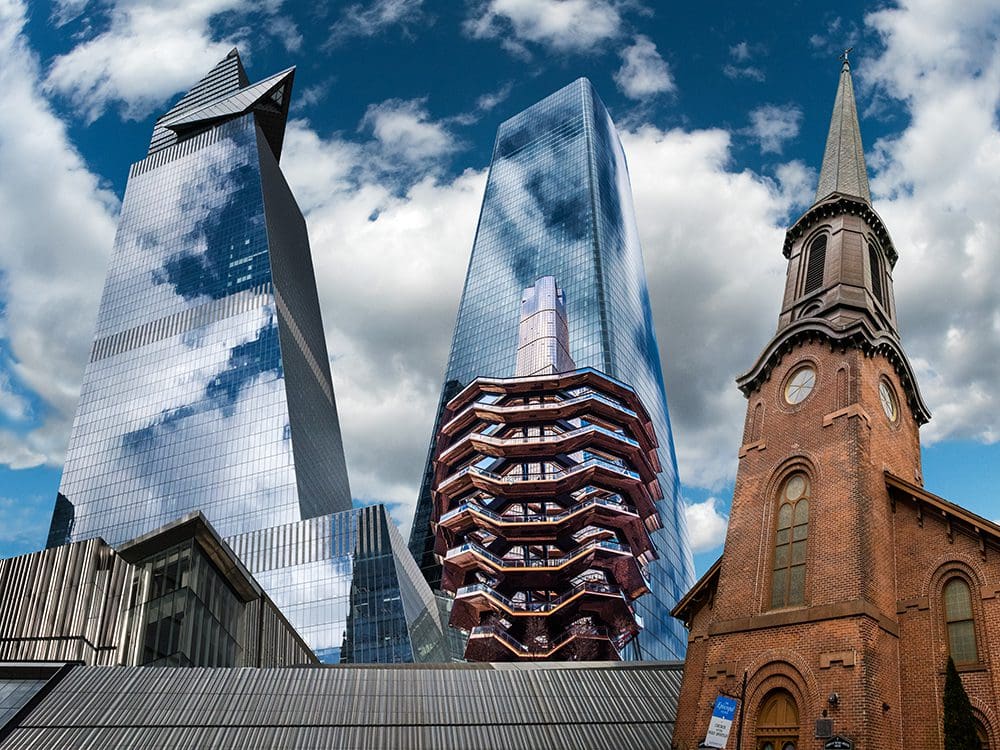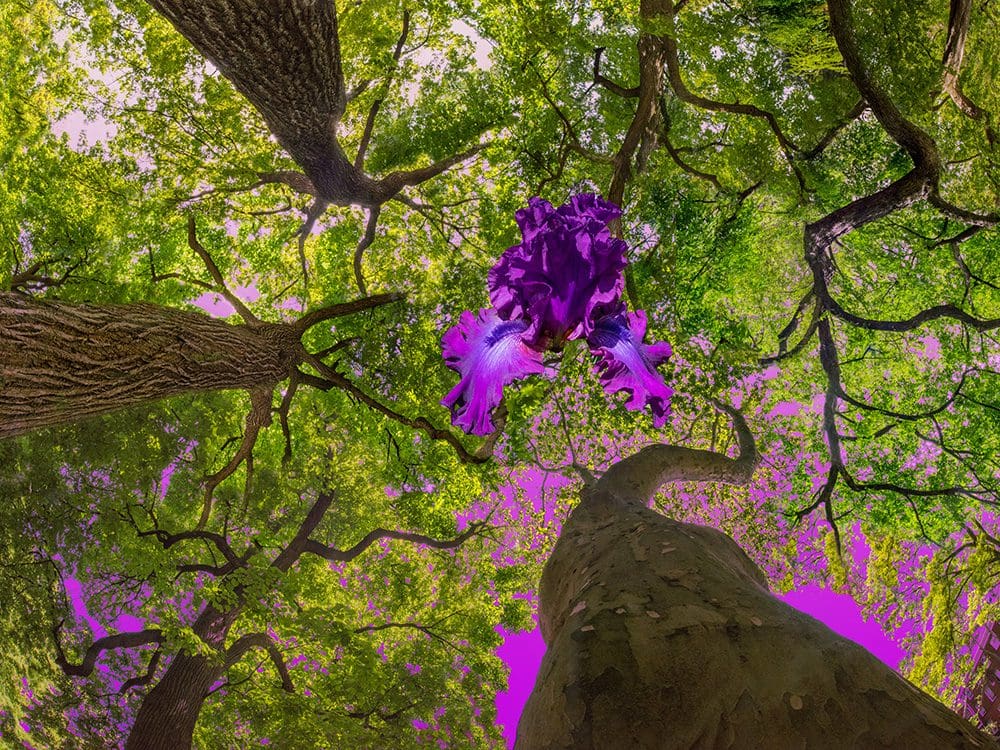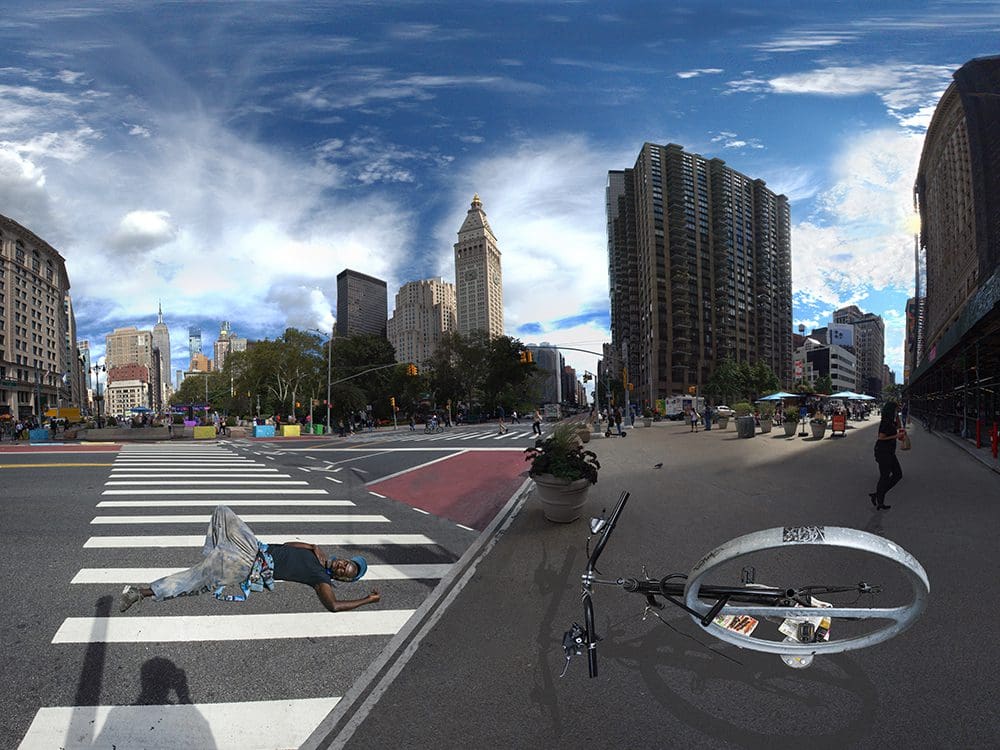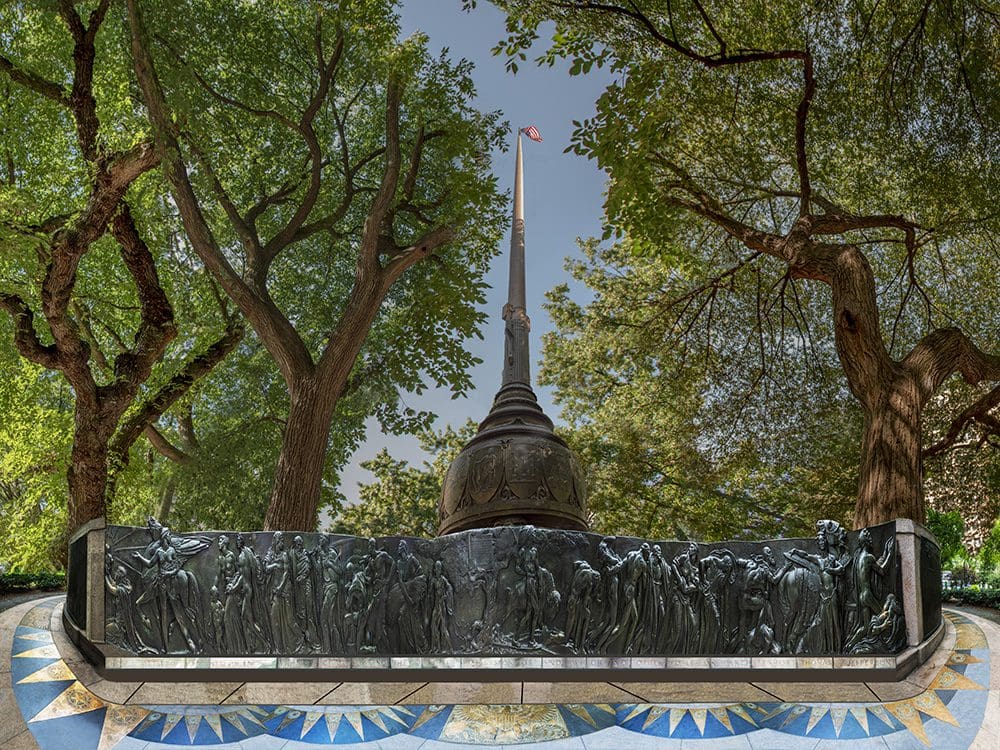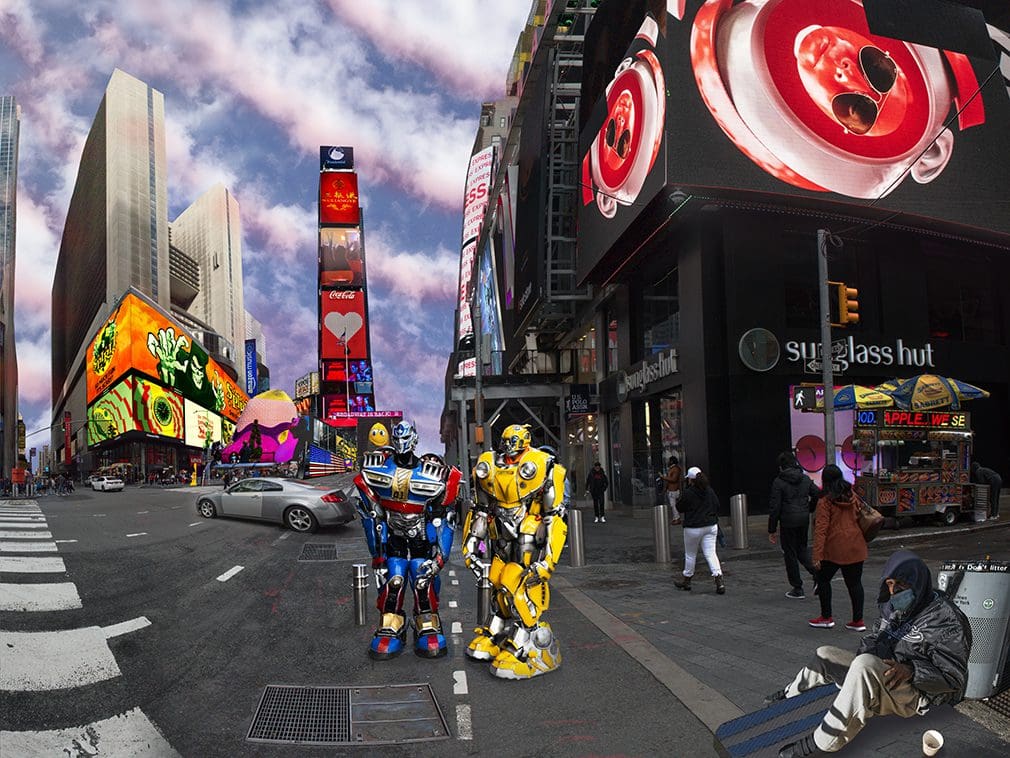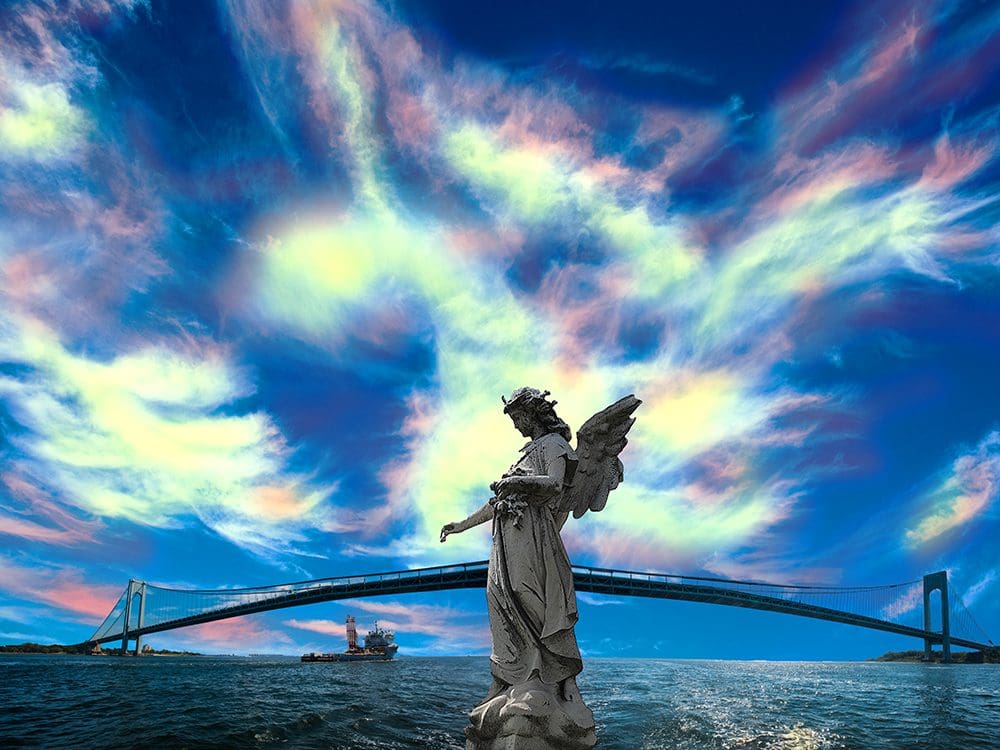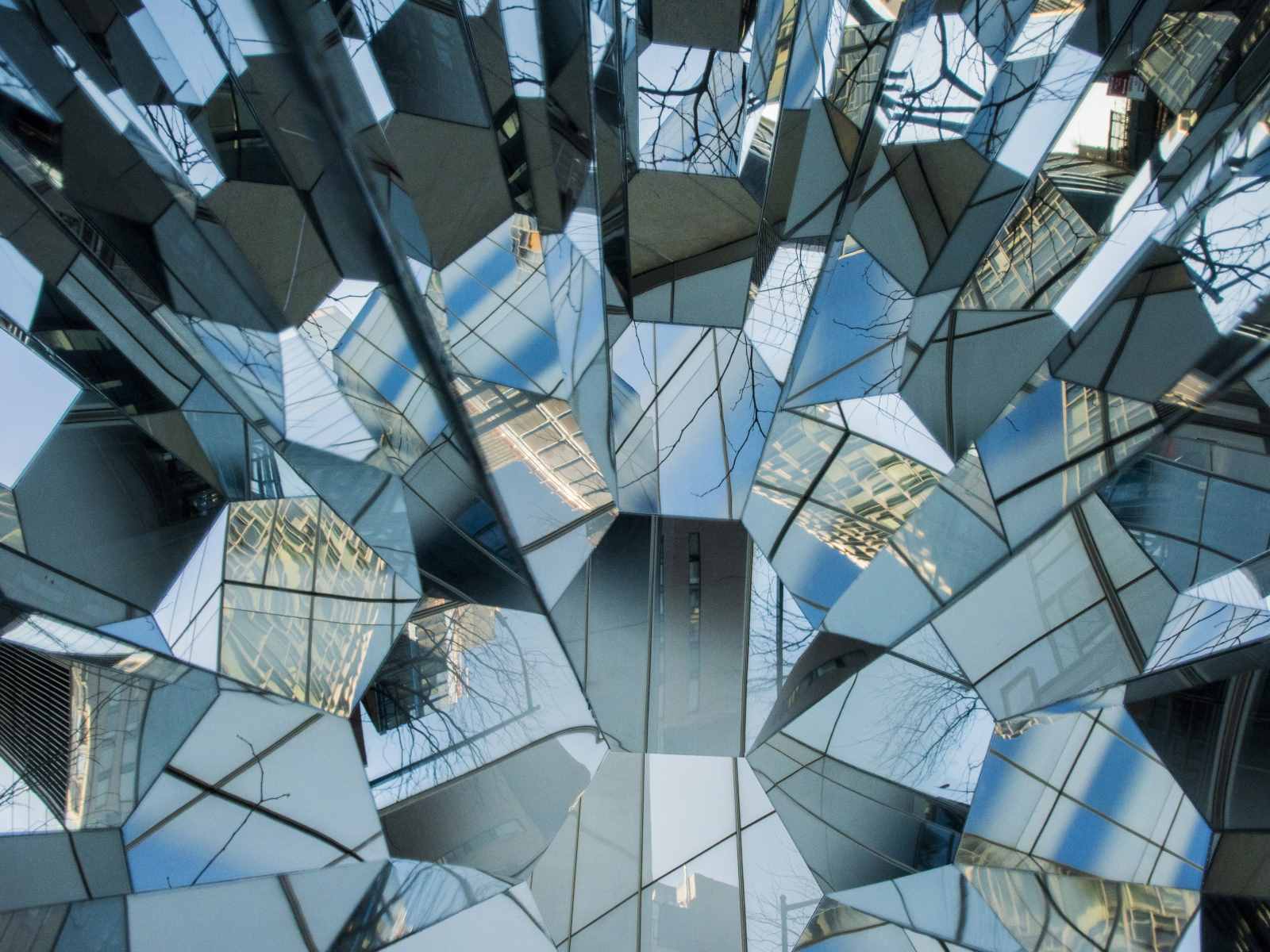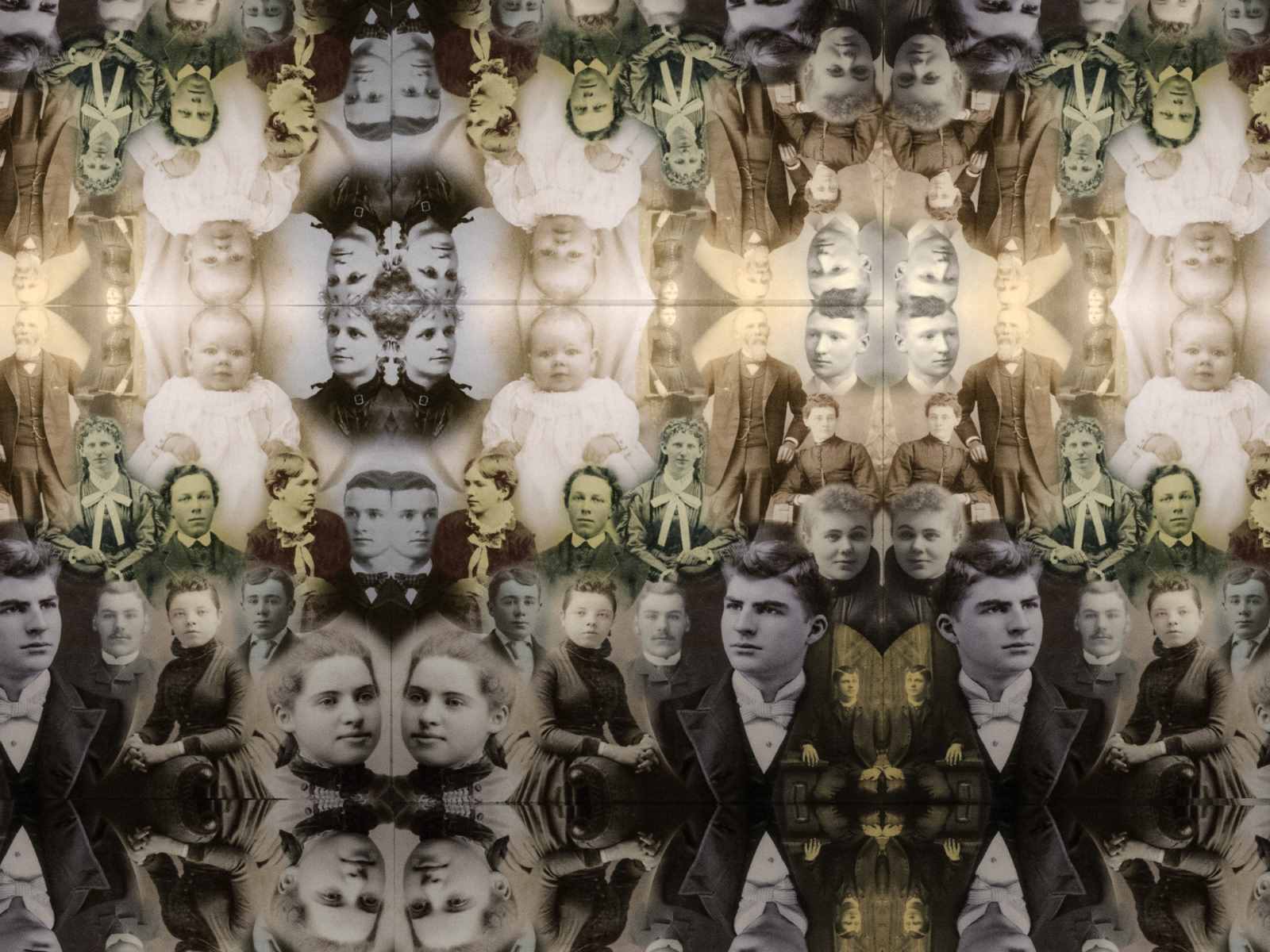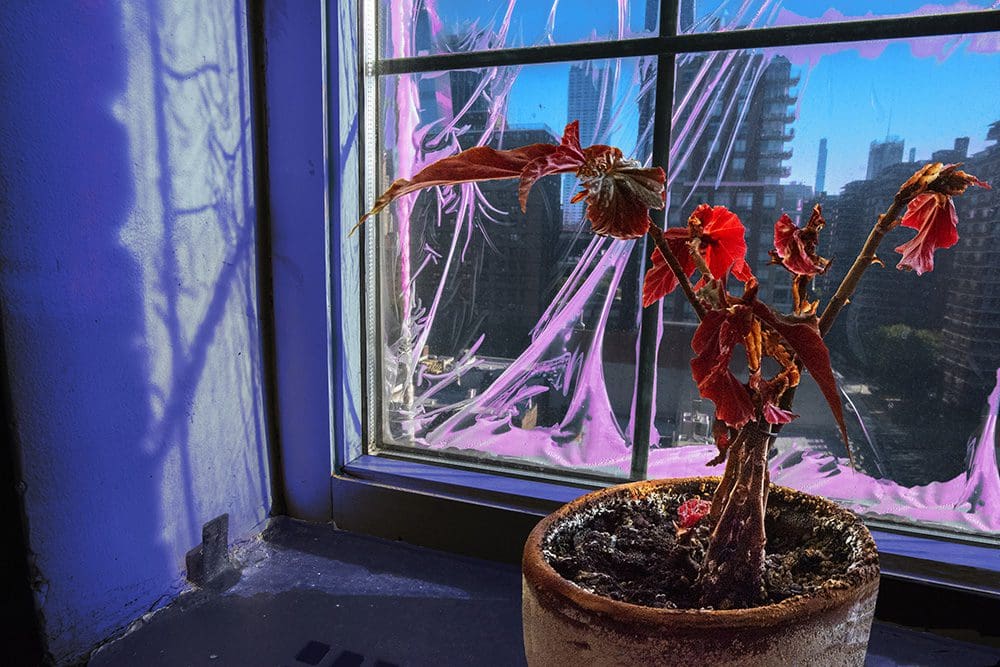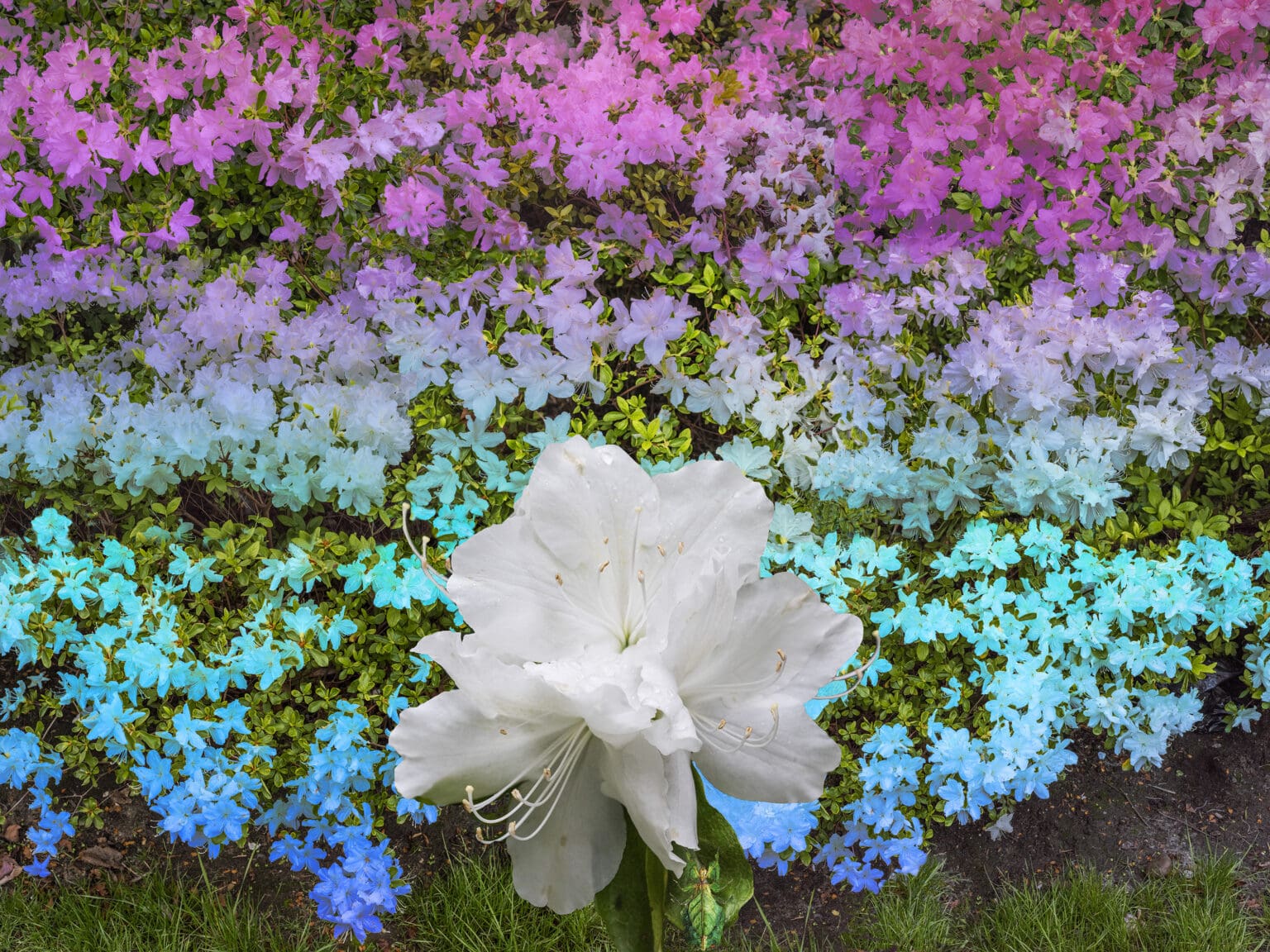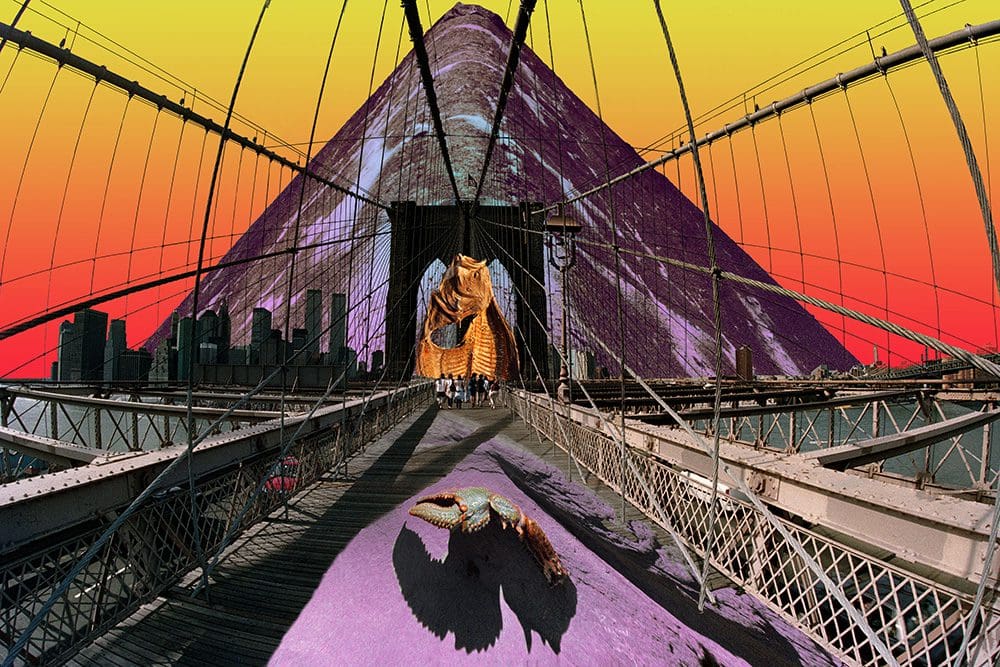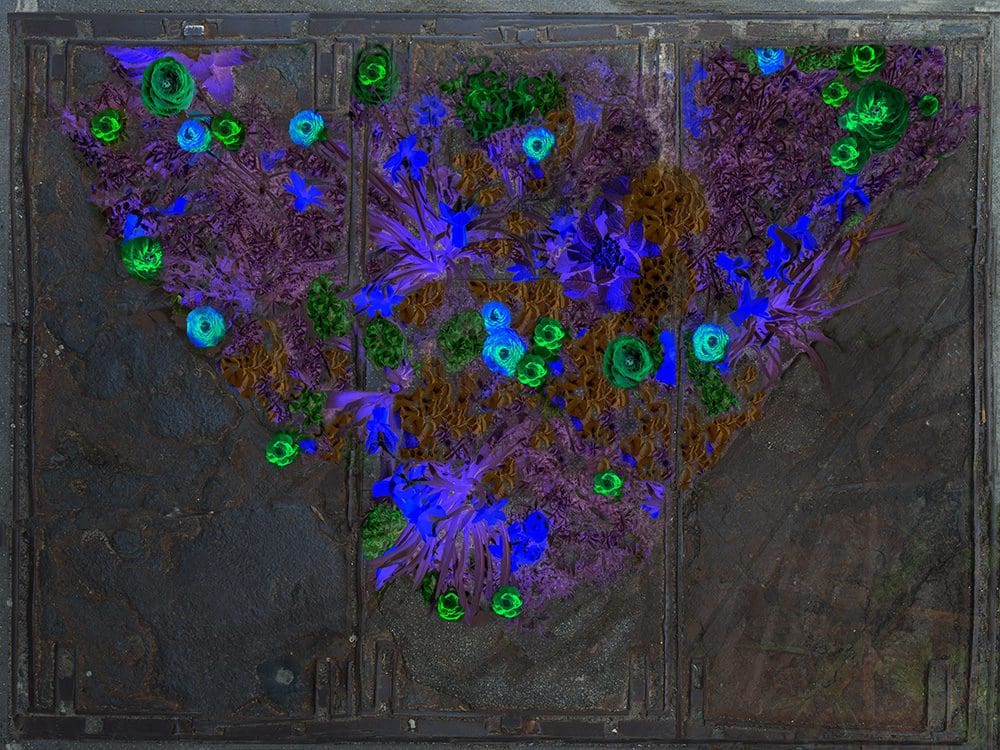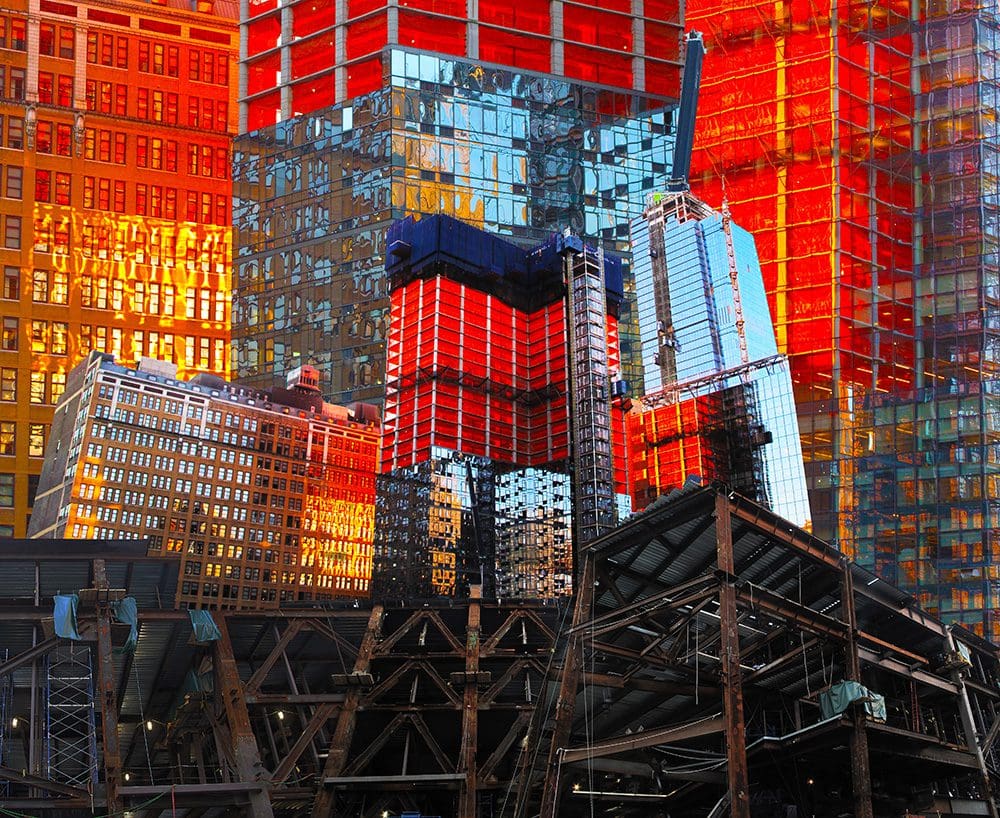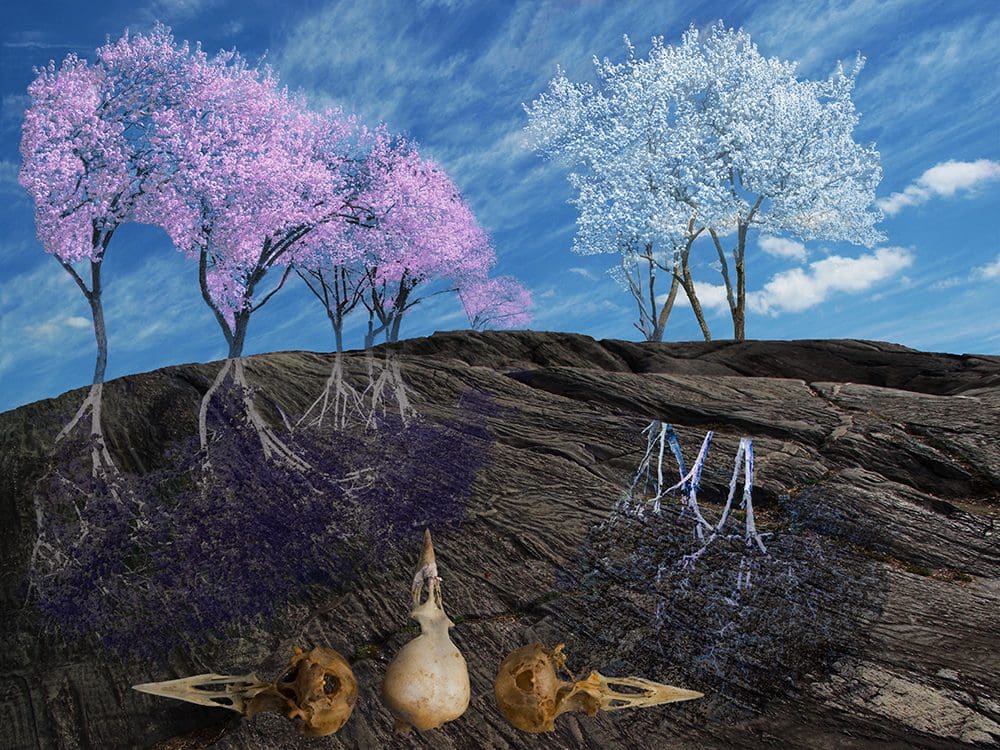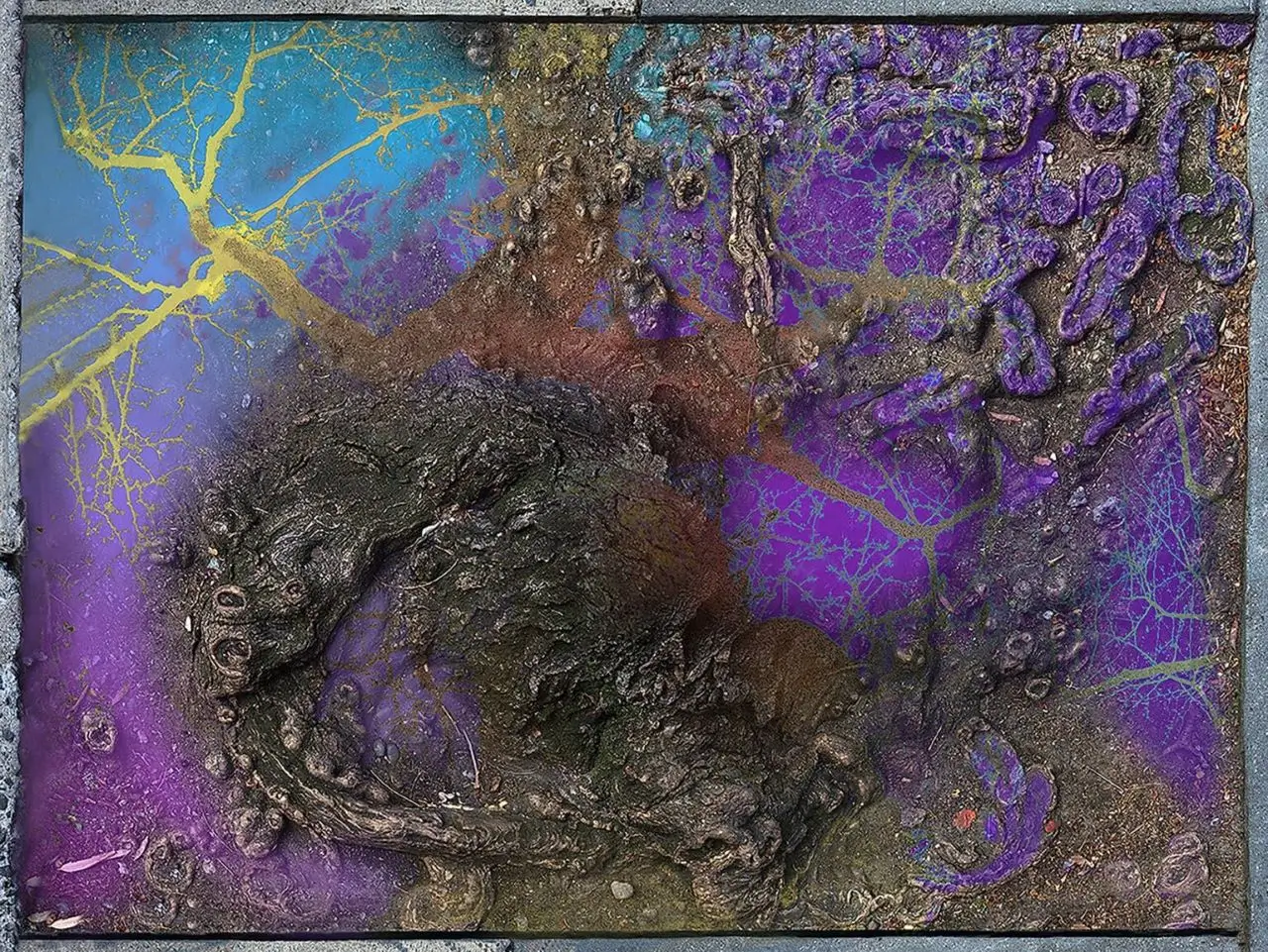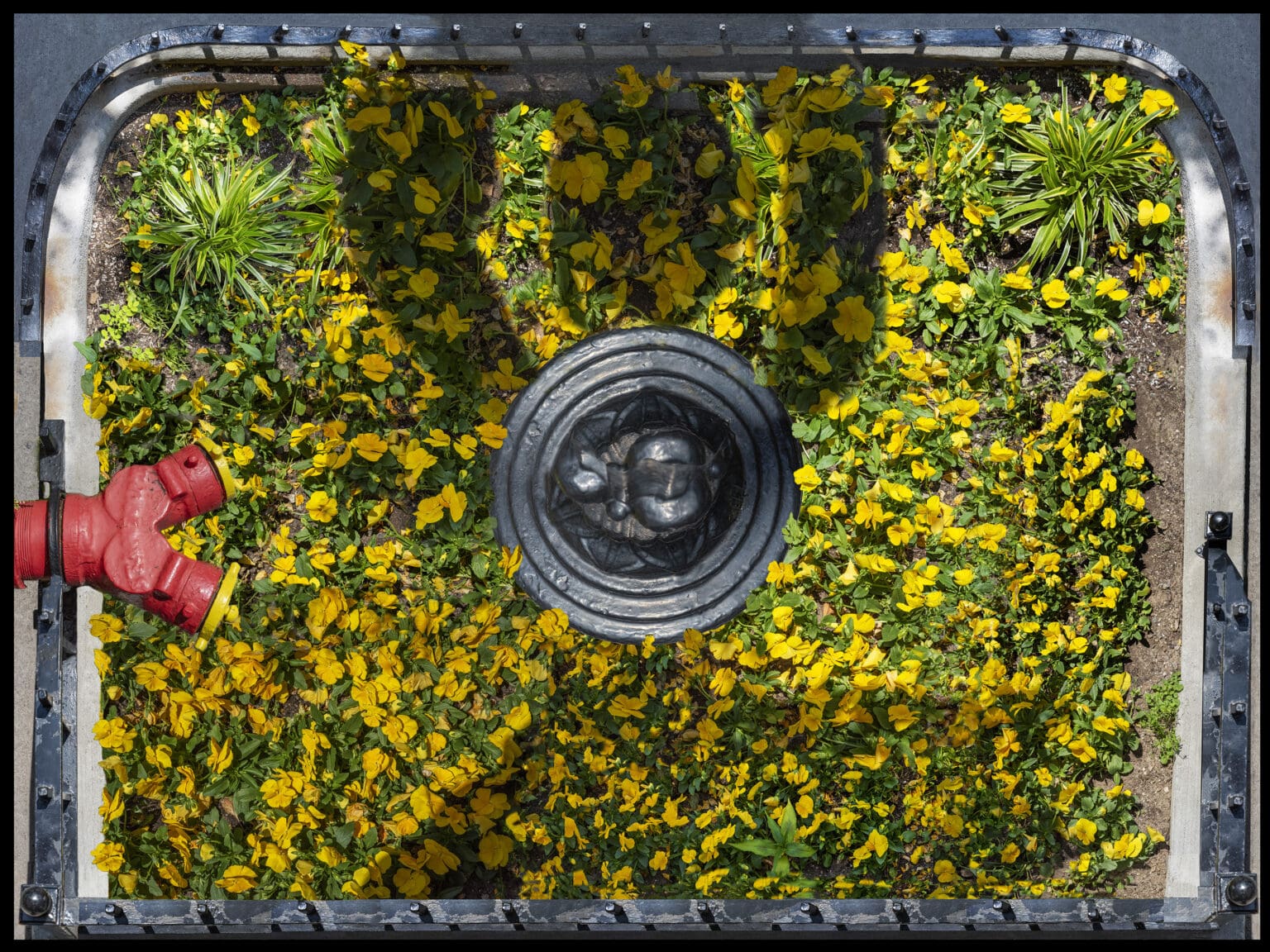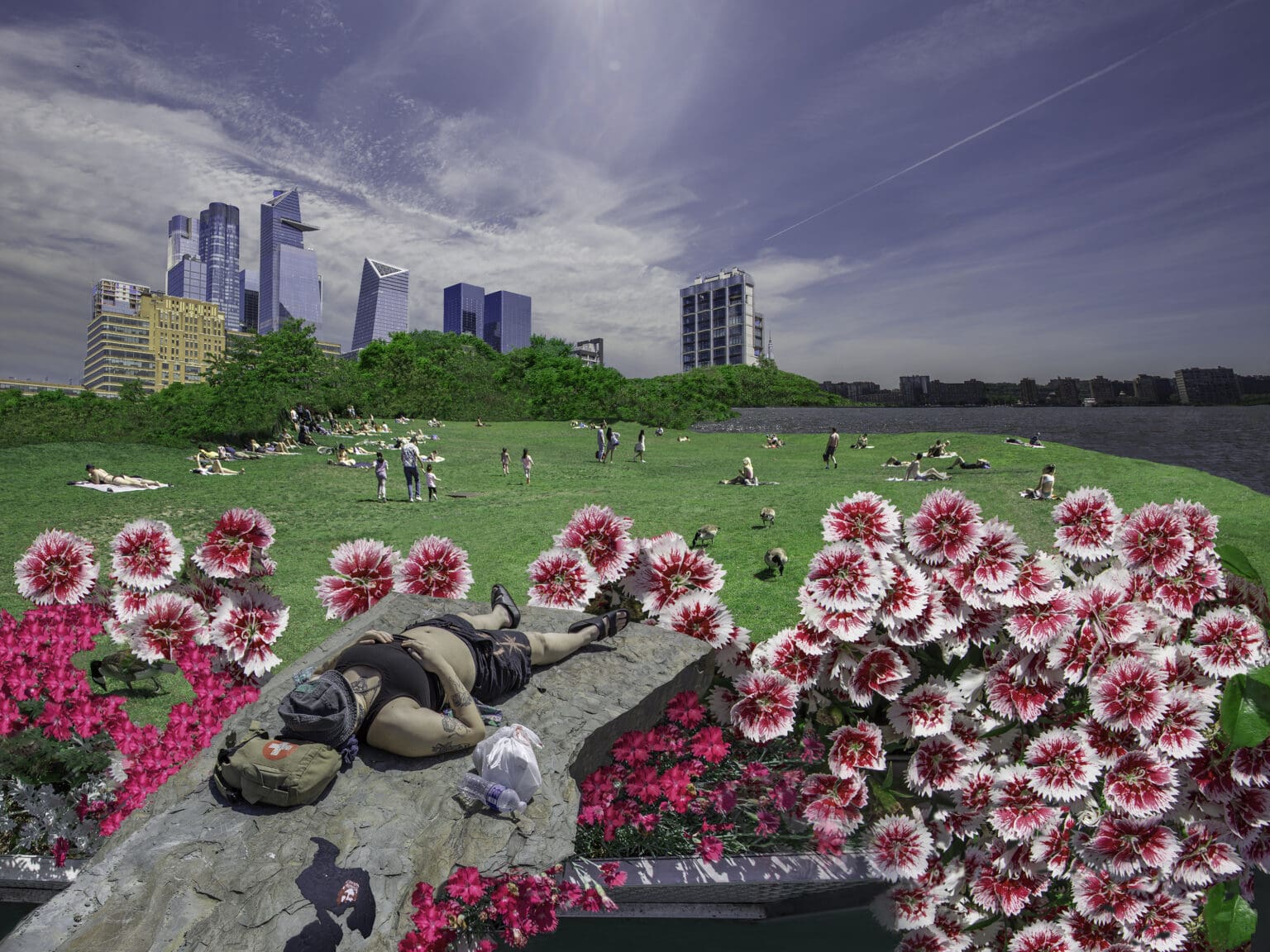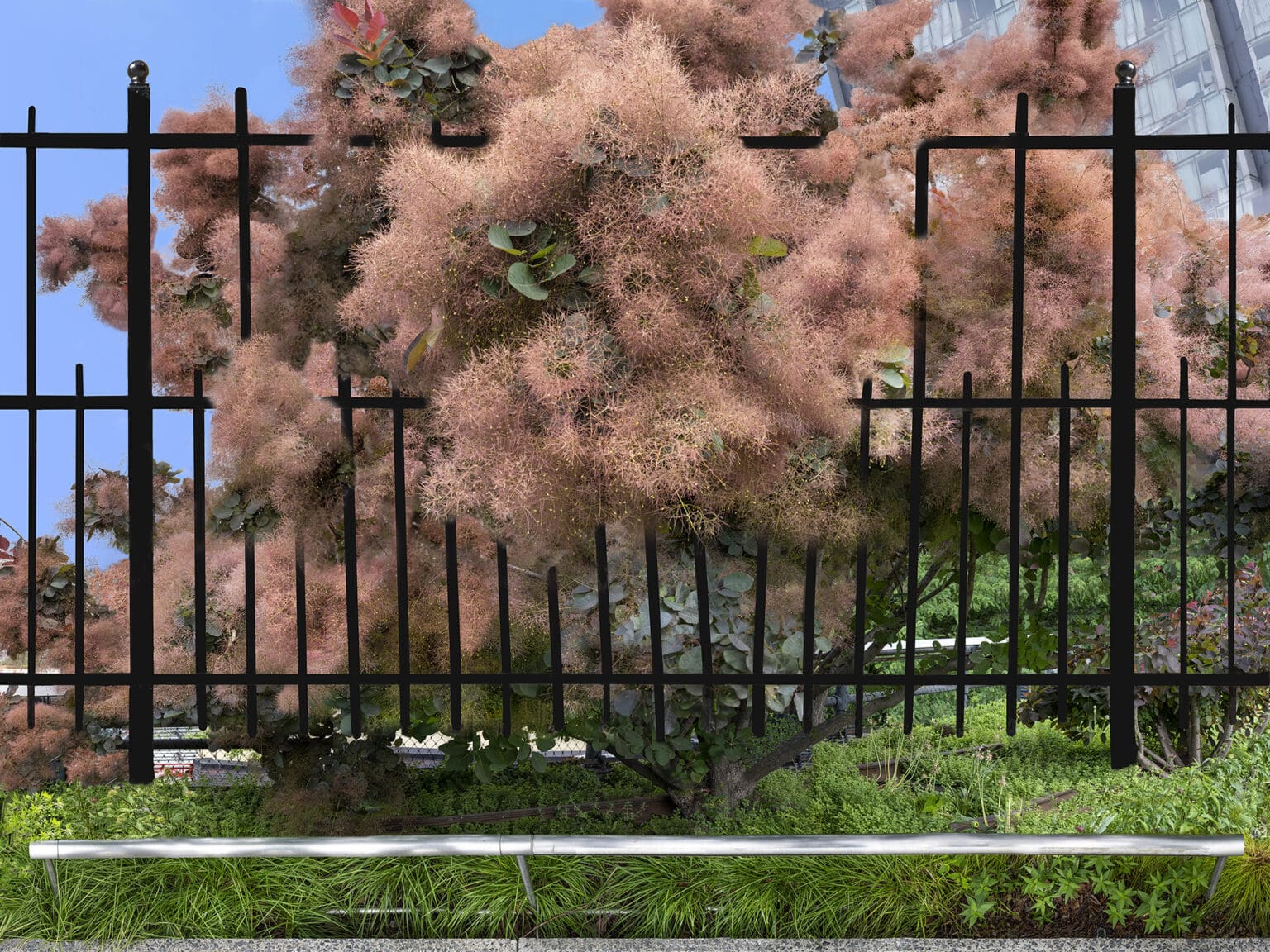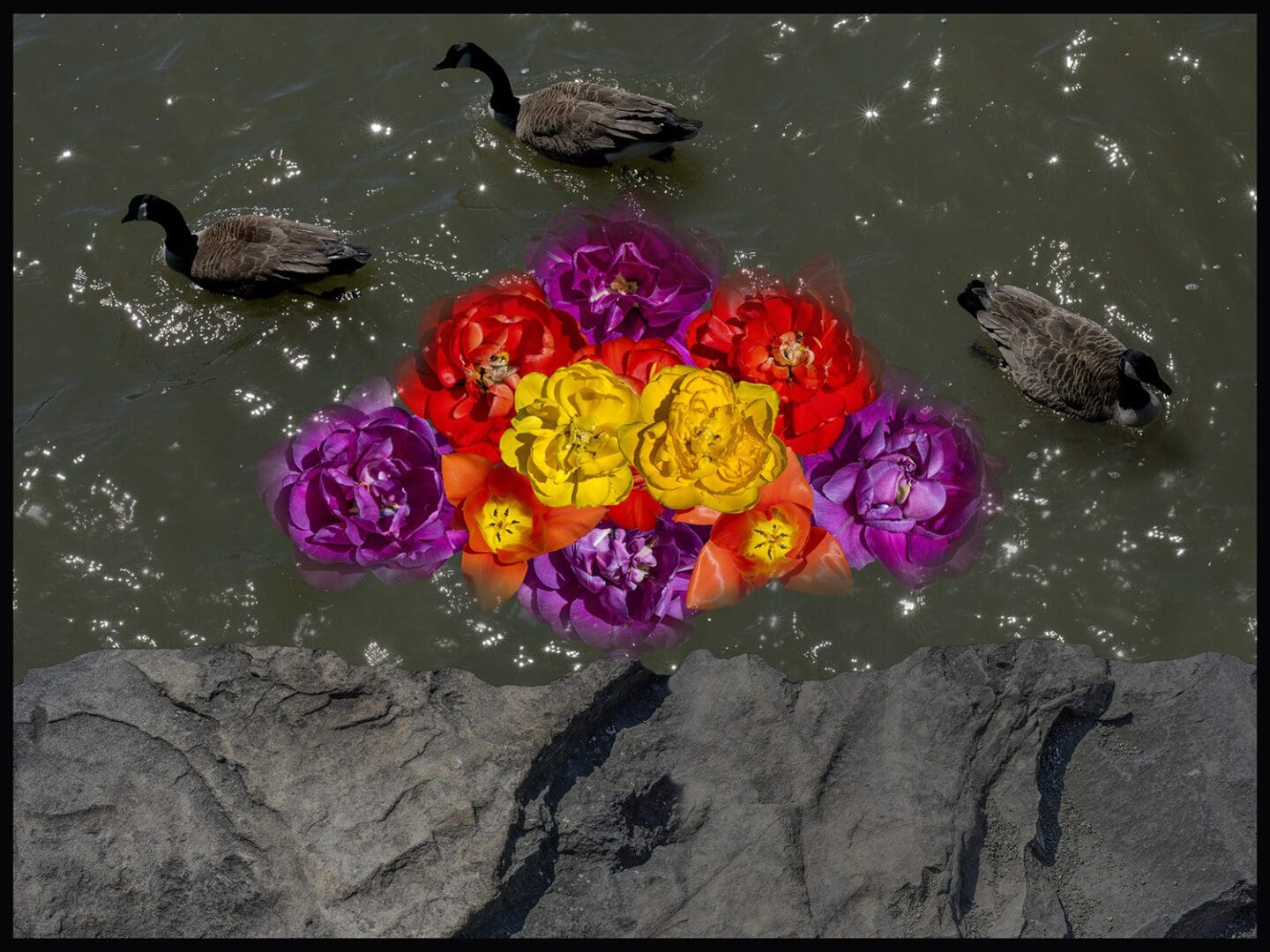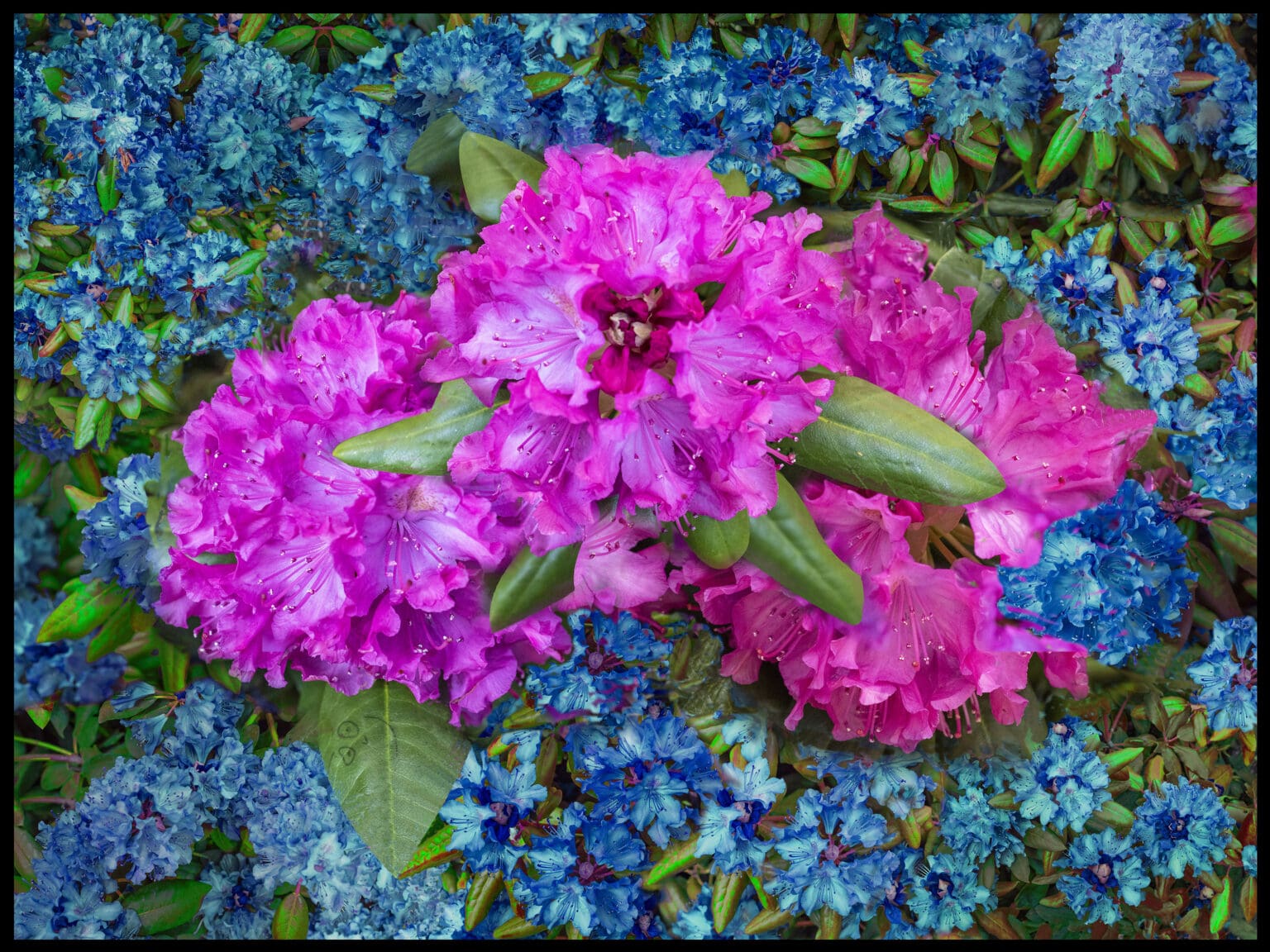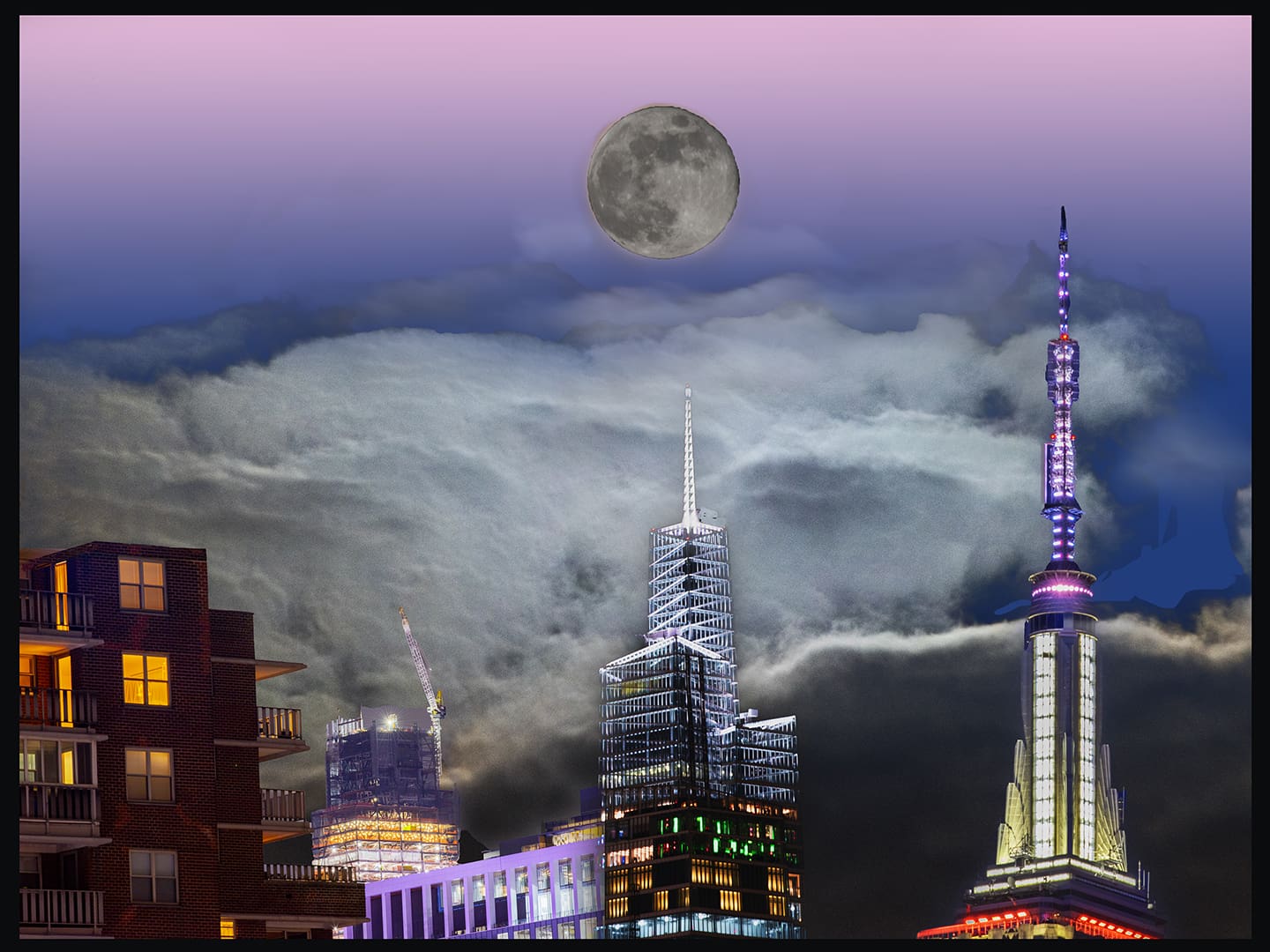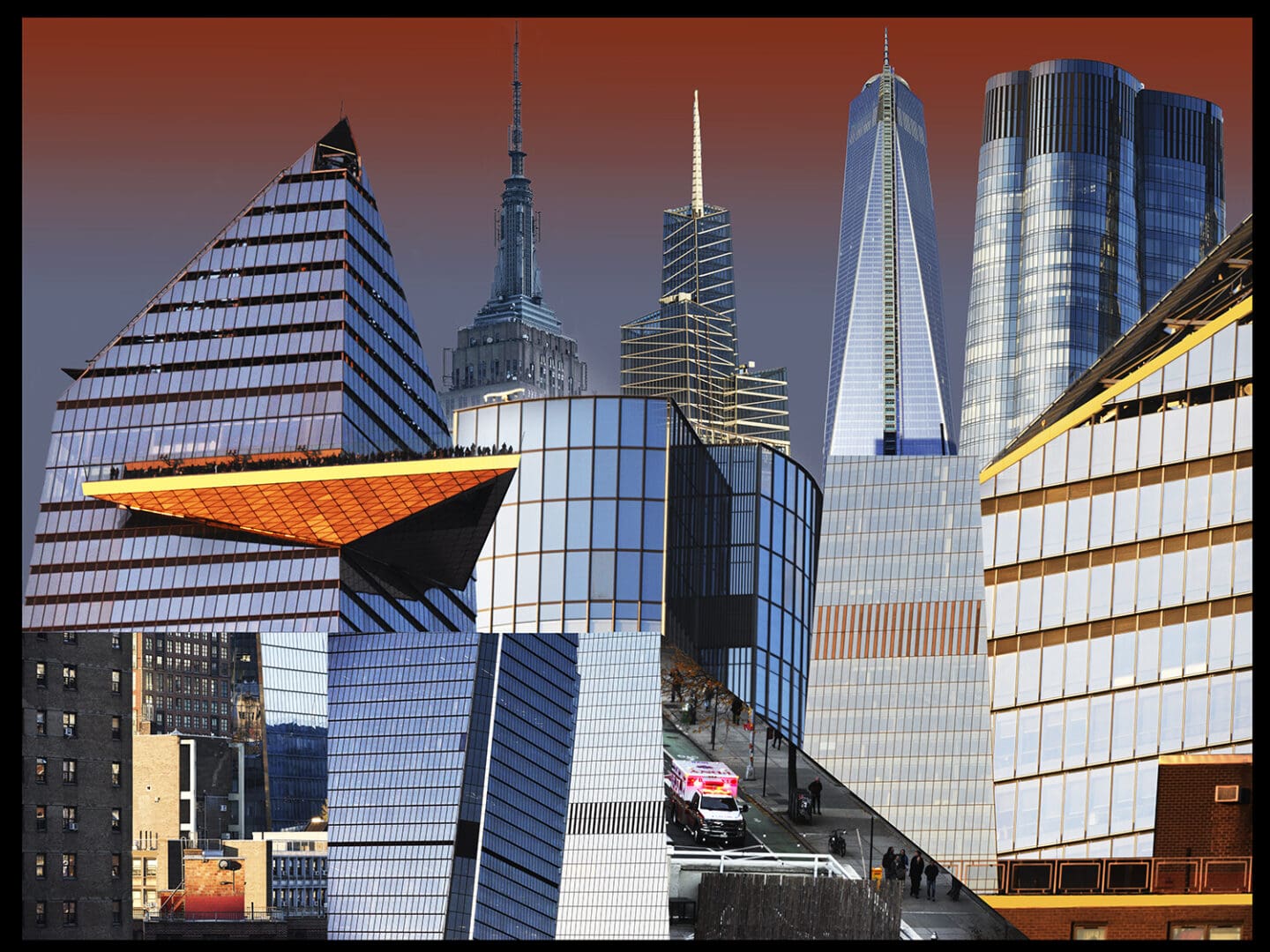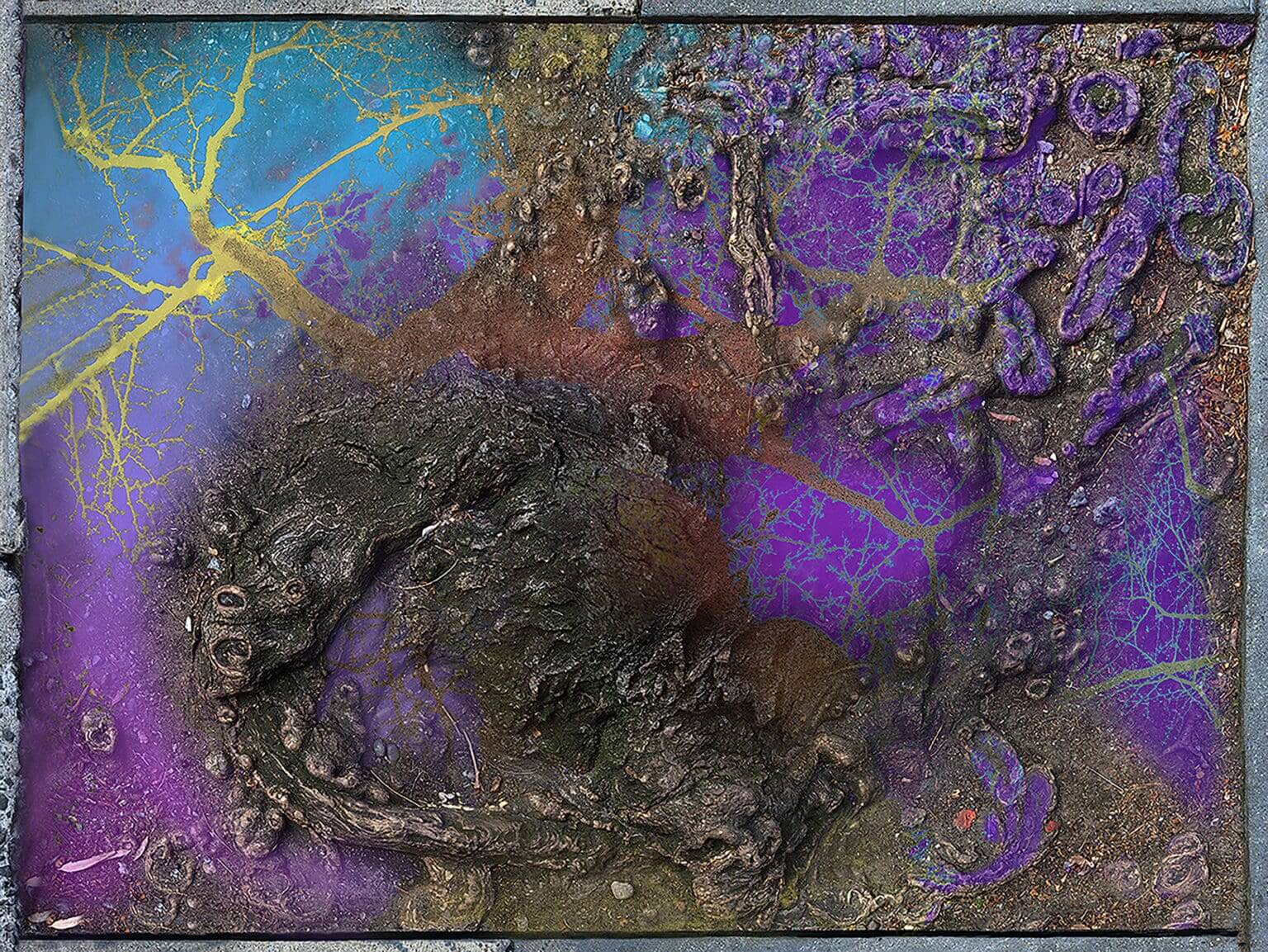From Analogue to Digital:
A Personal Photographic Journey
Fine Art
I have been a fine art photographer since I first held a camera in the mid-sixties. I have worked consistently over the years with a steady progression with my explorations of expanding photographic space, not only with my inventions but with finding ways to combine and compose images digitally to further visual communication.
There are eleven series,
Early Color Work in the 1960s
- The Total Environment Spherical Series
- The Two Page Spreads
- The Southwest Series
- Digital Photographic beginning
- The New York Series
- The Iconography Series
- The Wall Series
- The Prism Series
- The Colorist Series
- The Picture Without Words Series
All of my photographs are available in the new digital form as LUDF or Limited Use Digital Files. These are full resolution files that can be used by a customer to produce their own prints at whatever size or strata of their choice. The limitations are that the subject matter and design components are immutable or unchangeable as these are protected by copyright.
As a fine Art Digital photographer, I no longer store and produce prints of my work. I now market all of my work as Limited Use Digital Files (LUDF) for which customers may use to produce whatever size, media or quantity of their choosing.
Any image or images that you find within my various series that are not listed on my Sales Page can be made available for sale as LUDF files.
Please feel free to contact me if this is the case at dpwillis1@verizon.net
.
Early Color Work in the1960s
In the 1960s Most fine art photographers worked with archival black and white silver pints. This was due to the ephemeral nature of color prints of that time. Artists who wanted to employ color in their work had to use cumbersome dye transfer, silk screen or offset printing processes.
Desiring to explore color in my imagery, I turned to the use of Kodachrome slides. The output of this work was the production of multi-media projected performances. Due to the fact that these shows cannot be reproduced, I have digitally scanned the slides and have re-formulated these shows as equivalent "Grids" as below.
THE EARLY SPHERICALS 1970s-1980s
In the early seventies, I became curious about what it would be like to photograph with a camera that could record a complete environment. There were no “virtual reality” cameras available at that time, so I designed and constructed several versions of pin-hole cameras that could do this. My final version was a six-sided camera. Each panel covers 60 degrees horizontal by 180 degrees vertical.
I learned much working with this camera as per how to pre-visualize the compositions, especially in terms of deciding upon the ”subject” and how to relate that to the extreme lines of perspective that were created. One of the problems with a total environment camera is the extra data that is captured in the upper and lower parts of the image. Map designers for centuries have had to deal with this issue by creating various kinds of map “projections” to create the illusion of contiguous space.
My solution to this problem recently has been to digitally scan these six 4” by 10” negatives and use Photoshop to stitch the panels together. All spherical images are compositions created either by computer programs or in my case cutting and blending the overlapping parts.
I found the camera also useful to create external as well as interior spherical images. By moving the camera around a tree to take the six images, I was able to “unwrap” the tree. Another example is the image of the Weeping Purple Birch tree, where I placed the camera under the overhanging branches and made the tree stand up straight, creating a somewhat ominous anthropomorphic form.
The work with this total environment camera guided me later on how to use Photoshop to compose extended panoramic images.
THE TWO PAGE SPREADS 1970s-1980s
At the same time, when I was working with my spherical camera, I continued to take photographs with my 35mm analog cameras. I compiled an extensive archive of color negatives of many subject matters at many locations. When editing this work, I recognized certain repeating forms and related subject matter in the archive.
In California, my first influential teacher of photography was John Upton. John had been a close follower of Minor White, and he presented to his class one of Minor White’s ideas that every photographer repeats in their work “core forms” of which they are often unaware.
So as I went through this editing process, I found many images in my work that seemed to confirm John Upton’s and Minor White’s theories.
The other concept that was interesting to me was the opportunity to make use of visual metaphoric relationships. ‘Visual metaphors’ was one of the repeated lessons taught by Nathan Lyons, my teacher at the Visual Studies Workshop in Rochester, New York.
He discussed how these are used in commercial work and that they should not be ignored by fine art photographers. The two-page spreads contain a combination of discovering “core forms” and to produce visual metaphorical depictions.
This exploration was an important step in my work and led me to seek out other ways to create photographic compositions.
THE SOUTH WEST SERIES 1980s-1990s
For many years I have visited the South West to take photographs. The South West is one of the most exciting regions in which to work. The area has the influences of Native American, Spanish and Anglo cultures mingling together and residing in beautiful landscapes of mountains, mesas, river gorges, and deserts.
As a photographer, I was conscious of the importance of gathering what I call the basic “elements” of the area. However, I found it exceedingly difficult to find viewpoints from which to take a camera to combine any more than a few of the elements from any one vantage point.
Painters, on the other hand, are entirely free to compose on their canvases these same elements in any combination they want.
The solution for me was to resort to the powerful digital compositing technologies that were just becoming available to photographers.
From my archive of color negatives, I scanned these images and loaded them into my computer and then had the ability to create “virtual landscapes” as well as other compositions that I have labeled “planoscapes”.
Digital Photographic Beginnings 1993
My early analogue photographic work dealt with explorations in expanding the photographic canvas and in building visual metaphoric relationships with design and subject matters with my two-page spreads. Realizing that I needed better tools for facilitating these concepts, I began my first work with digital photographic processes as below. This work with digital photographic processes continues to the present.
The New York Series 2006 - TO PRESENT
In 2006 having exhausted going through my archive of analog photographs, I purchased a digital camera. Now I began working and shooting with “purpose” or “intent”.
Living in New York, I had the luxury of starting with an idea or concept for a composition and would go out and gather the necessary images. This is an entirely different way to work.
The Iconography Series 2006 TO THE PRESENT
These types of images lend themselves to be created as what I call “planoscapes”. The basis for their design structures is more about relationships and are not dependant on creating a real or virtual landscape, although in some cases,
there can be some elements of a landscape contained. I have put some of the iconographic images as historical comparatives and other times just as themselves. Some of these images were composed just because it was fun.
The Prism Series 2019 TO THE PRESENT
These images were produced using my MirrorsPod invention and utilize the multiple prismatic designs and shapes that are produced by this device. Working with prismatic imagery is in many ways the complete reverse of working with panoramas and is another important way to explore photographic space.
These large aluminum prints are designed to hang directly on your wall and command a prominent presence in your room. Frames are not necessary because they have hangers attached.
The Pictures without words Series 2023 TO THE PRESENT
The Pictures Without Words series are digital compositions of visual metaphoric relationships that are not dependent upon verbal illustration.
This is a recent grouping of my work of fine art photography. My interest in combing visual metaphors, iconographic imagery with the expansion and compression of the photographic canvas has made me aware on how the use of titles, labels, categorization, themes, and explanations diminishes the experience and appreciation of a work of fine art. Visual metaphors are not the same as verbal metaphors. Placing two different subjects together on a visual canvas does not need verbal context for full understanding. That differs from person to person and is based upon the life experience of each.
Equally, a fine art photograph needs to be experienced without the limitations of a verbal restriction. Photography has long been used to help “illustrate” products, social and political campaigns, educational agendas, or other societal issues. This practice has long been utilized for commercial purposes, but in fine art photography a wider range of considerations need to be employed.
Alfred Stieglitz in the beginning of the 19th century was able to expand the understanding of photography from its use in commercial and documentary recording to be considered as a true art form. With his gallery he brought forth photographers who were expressing visual imagery that elicited emotional and spiritual thought beyond the simple act of recording subjects. Bringing photography into conversations with other visual artists and to use similar evaluations on visual dynamics was an important innovation. But in recent years, photographic curators and critics have concentrated on subject matter such as the illustration of stories, social and political agendas and other themes. The growth of the visual dynamics on the photographic canvas especially with the use of the new digital tools, seems to be an anathema and ignored by current critics.
With these images I invite the viewer to allow whatever thoughts, emotions, or reactions that occur without a verbal command.

